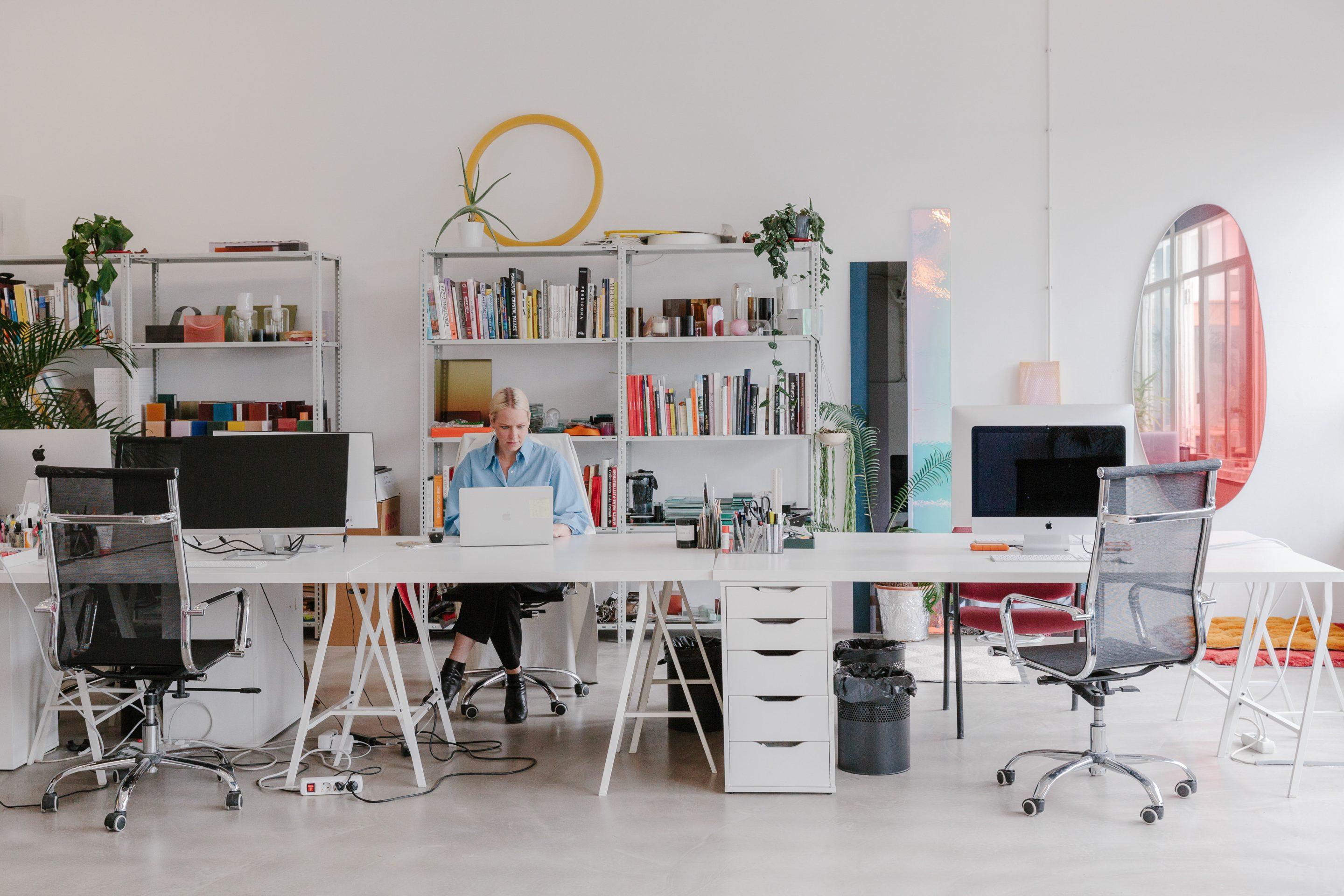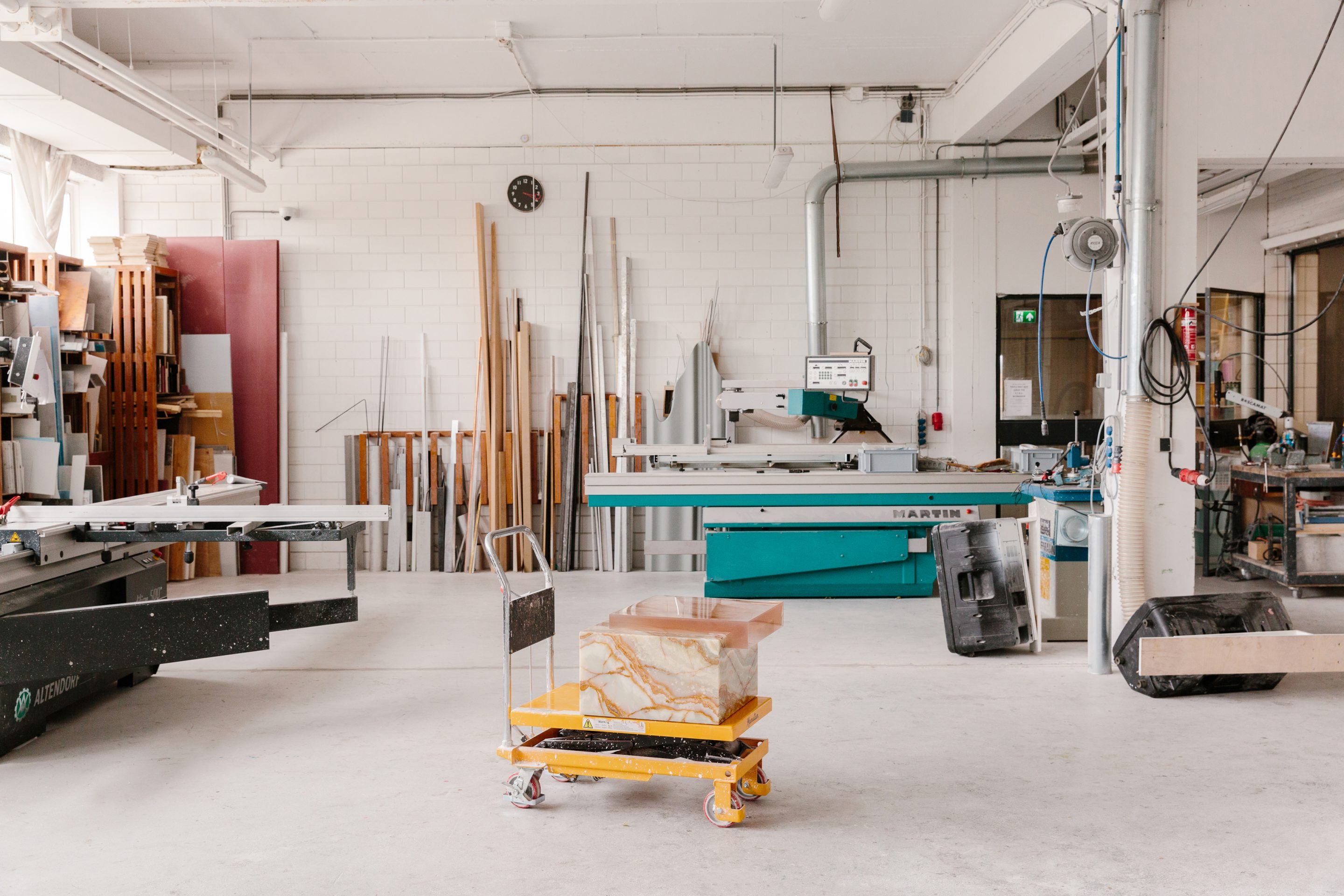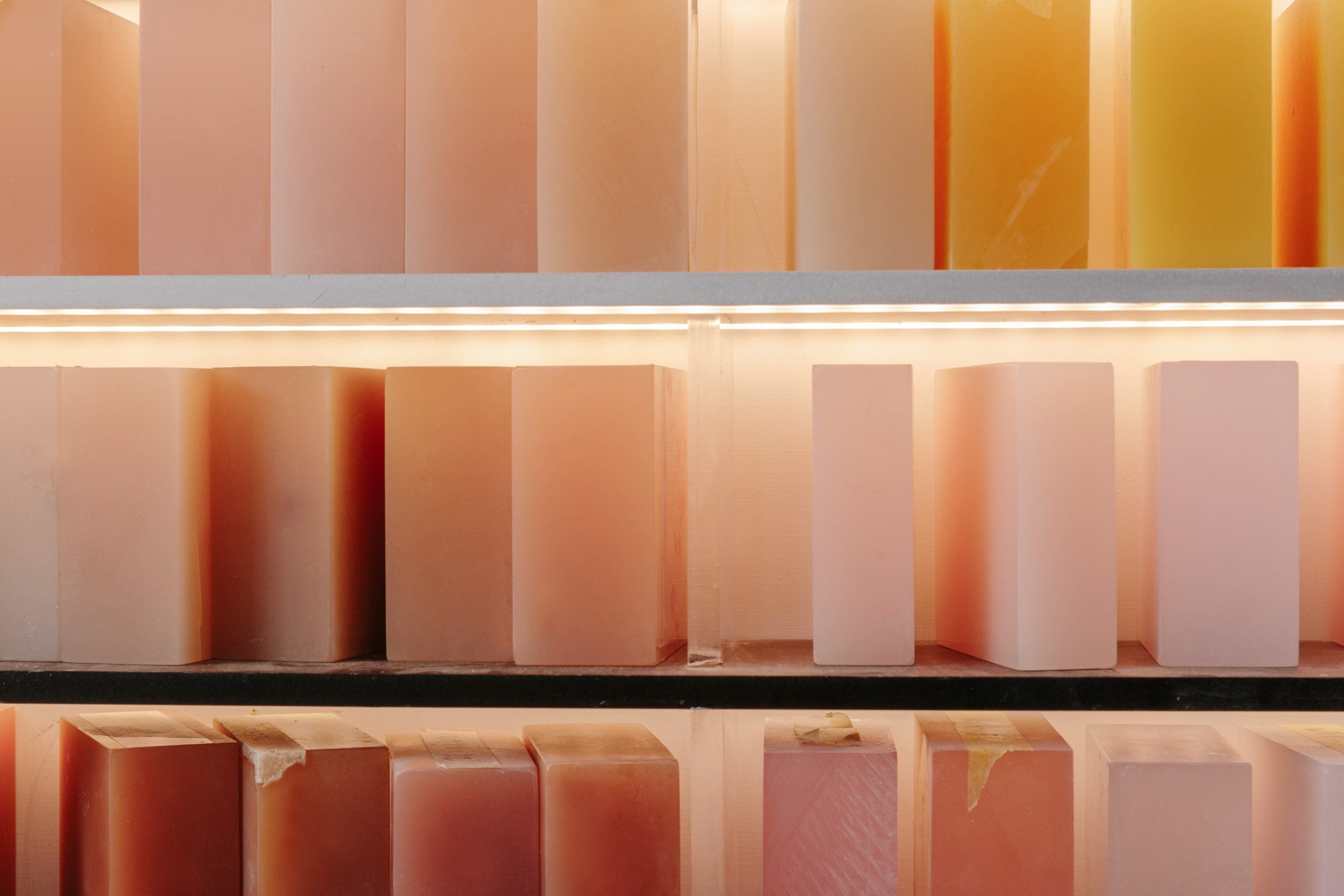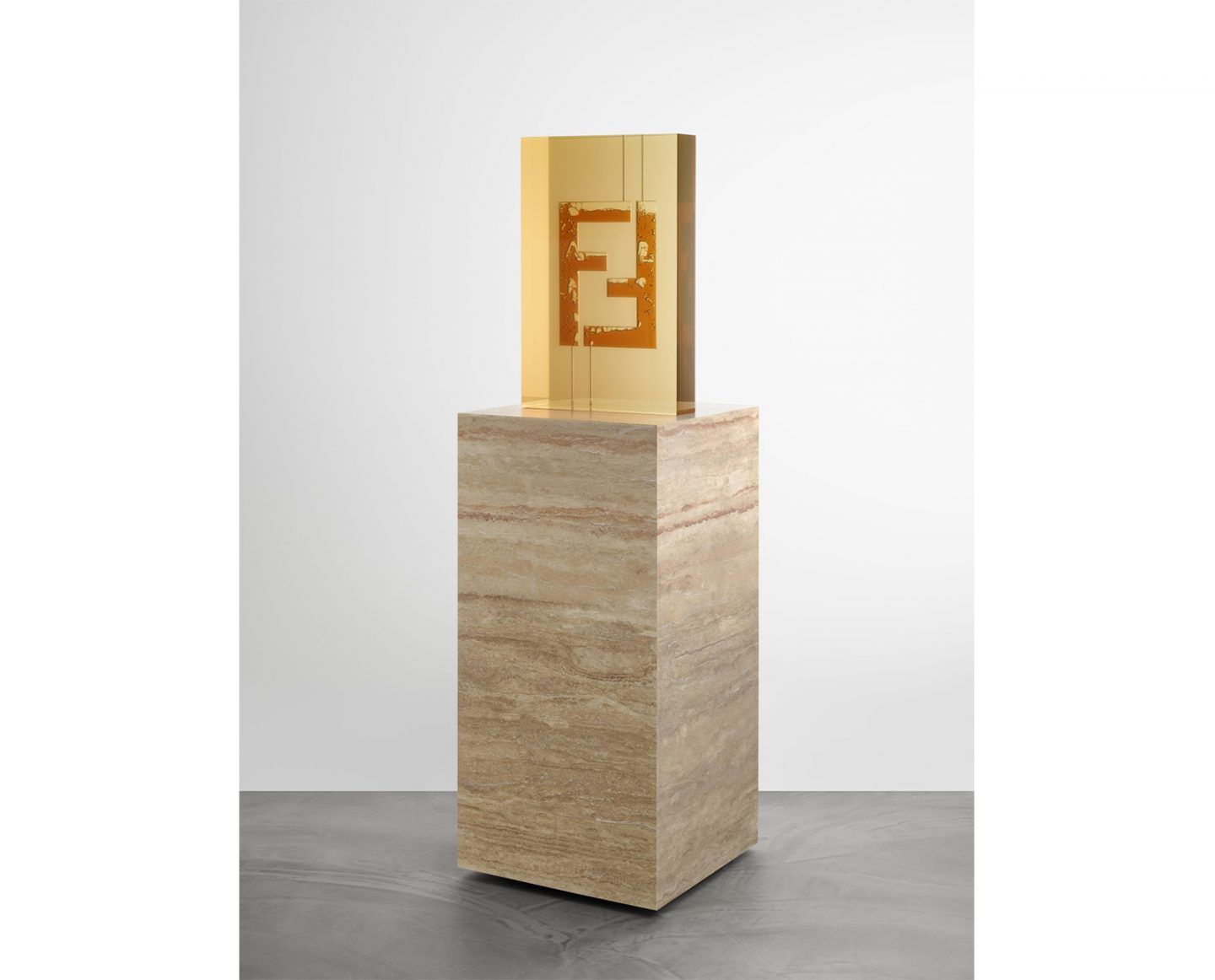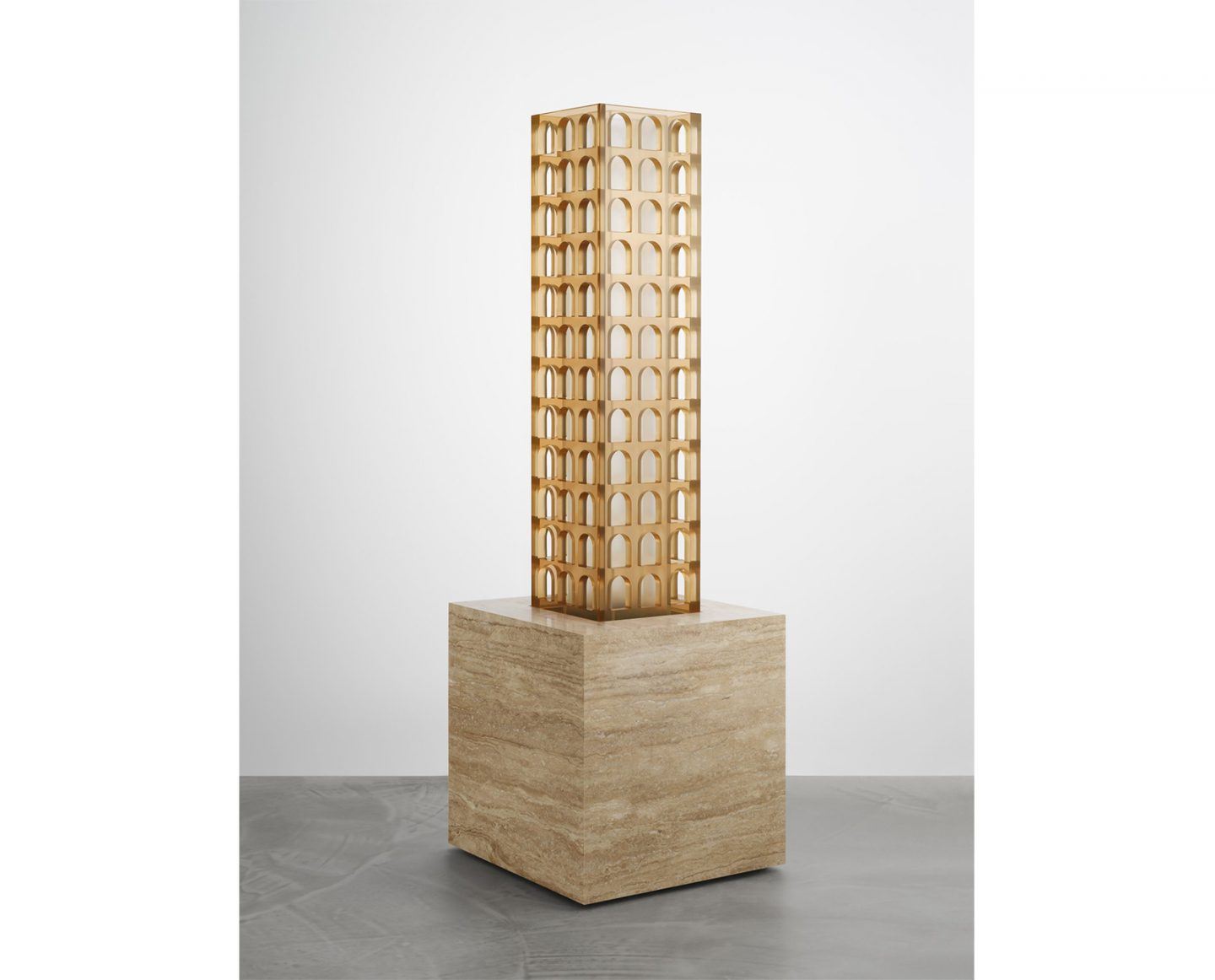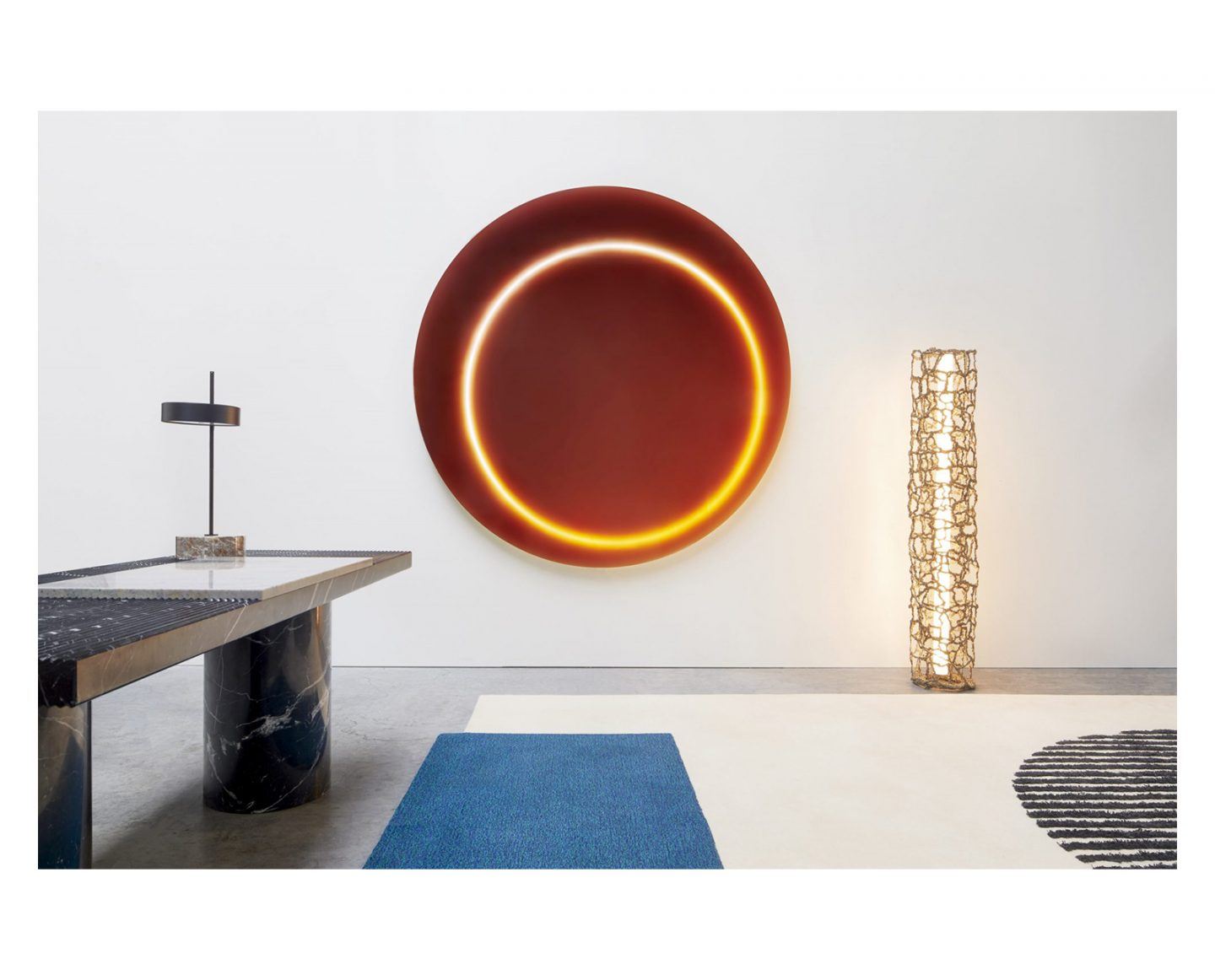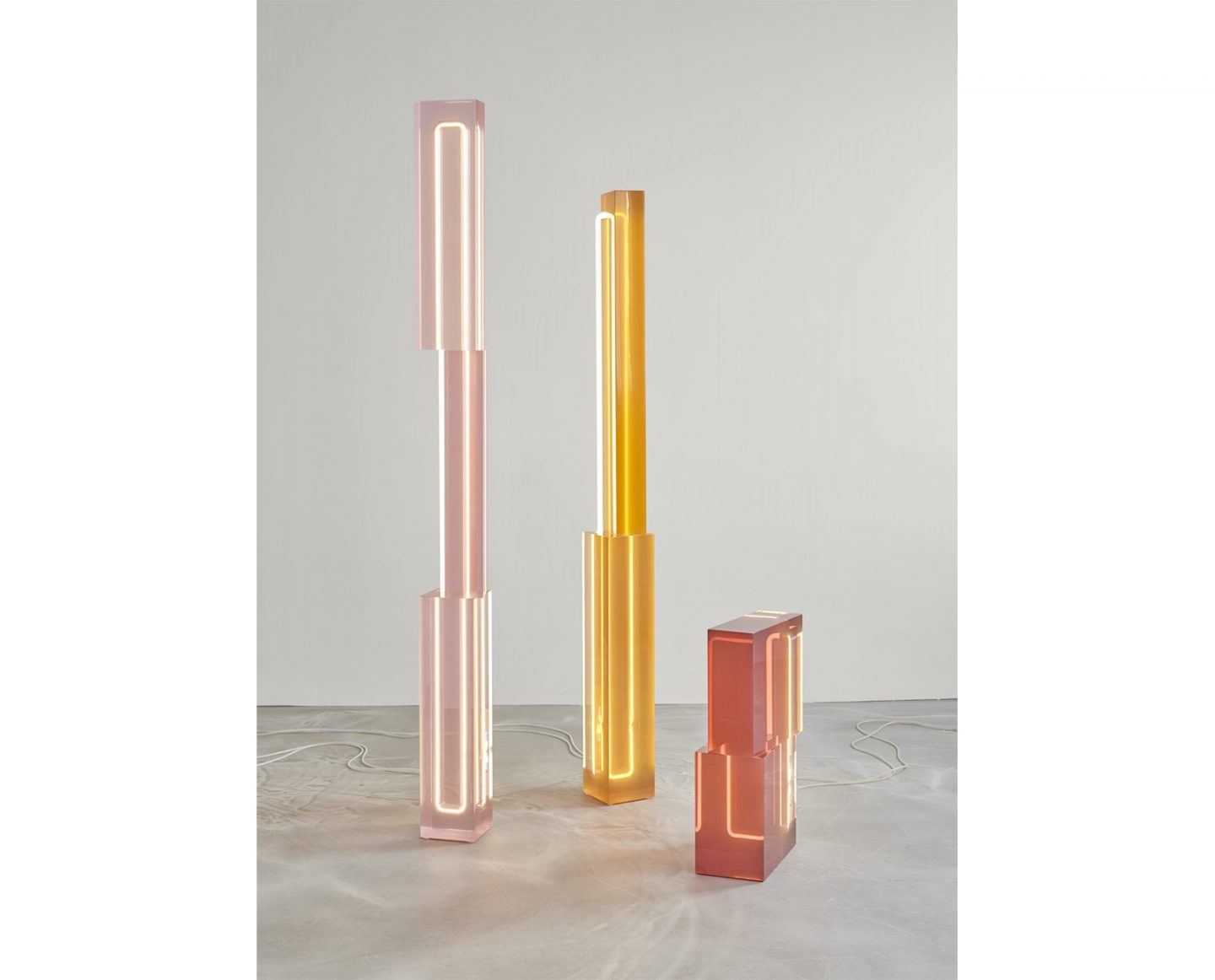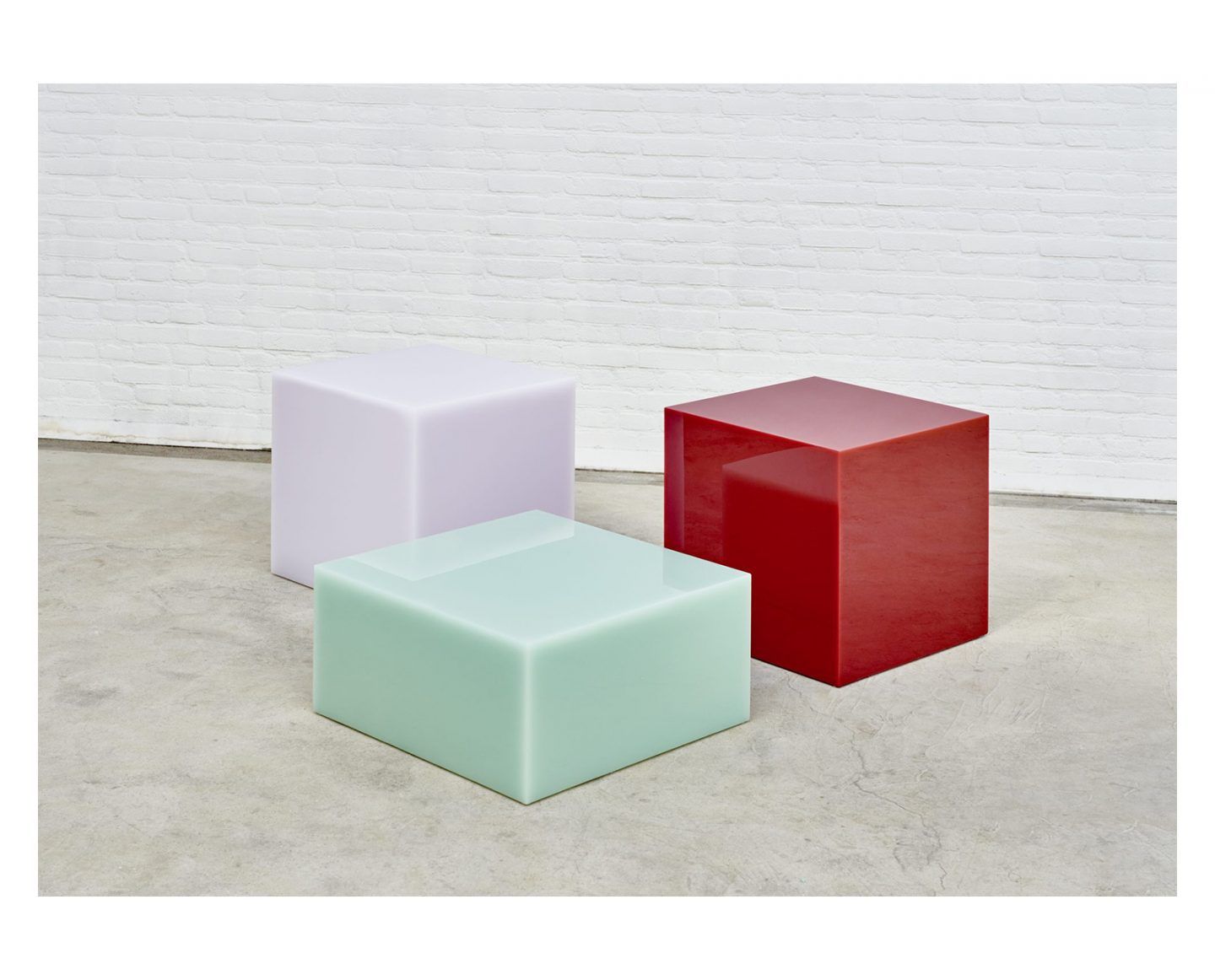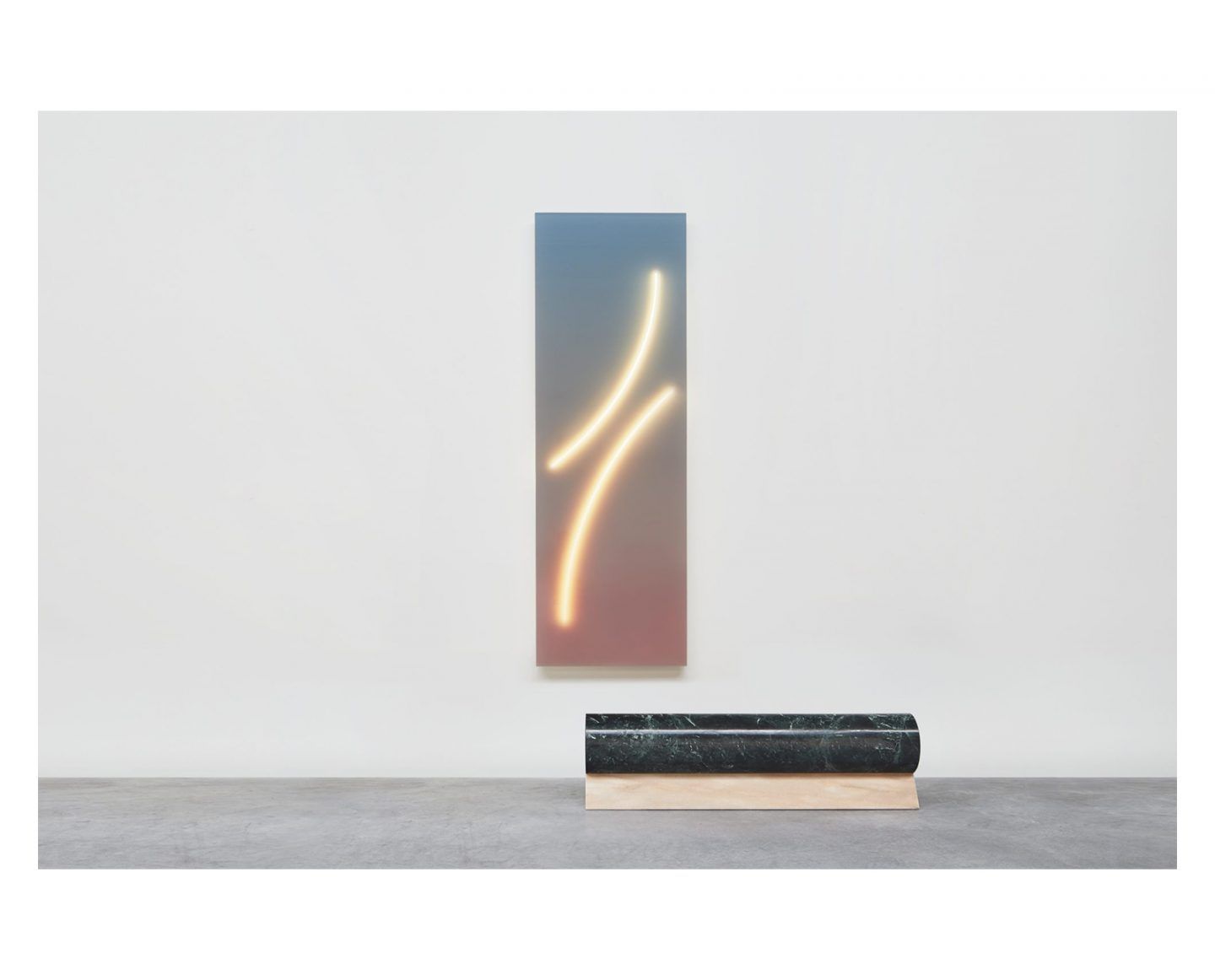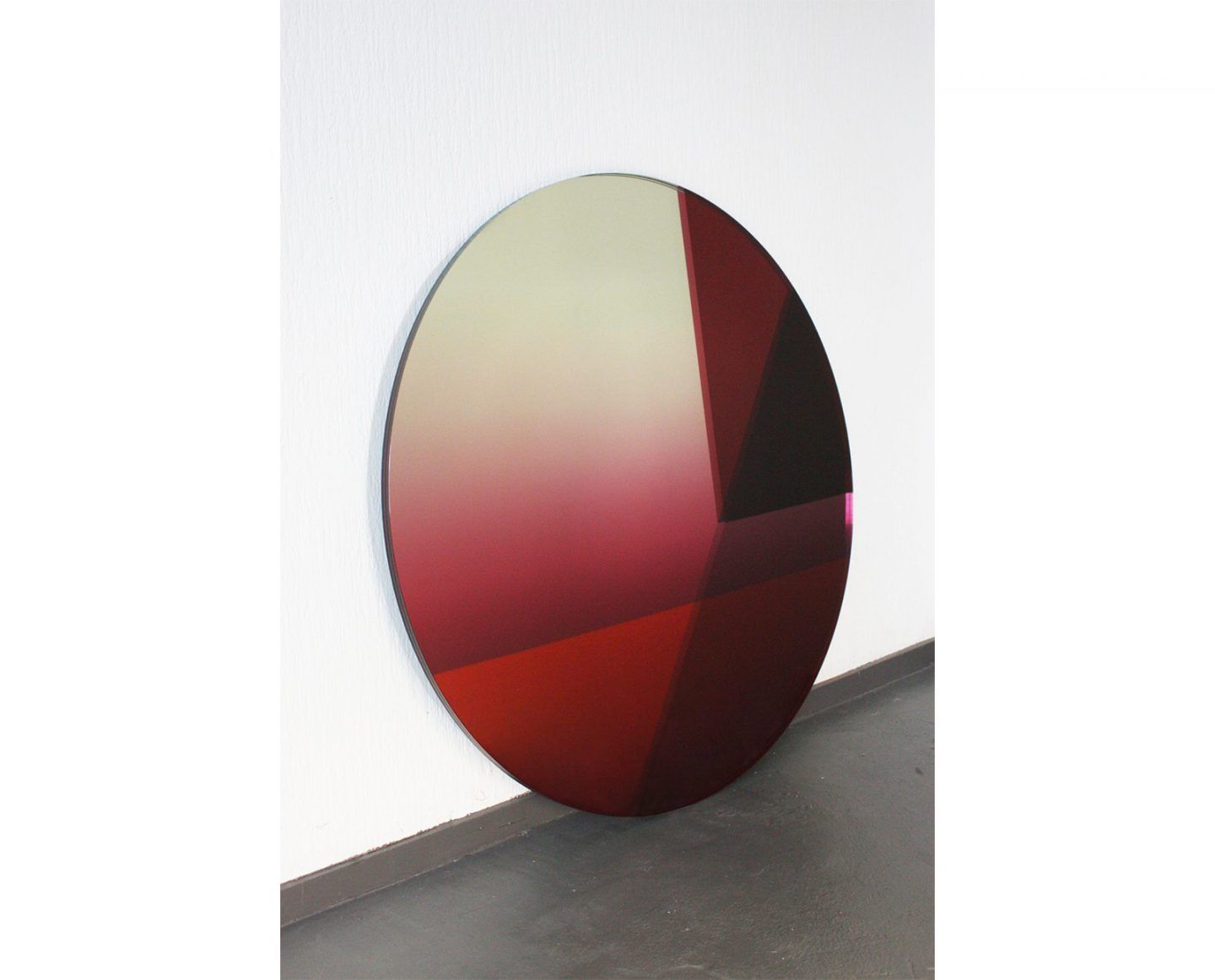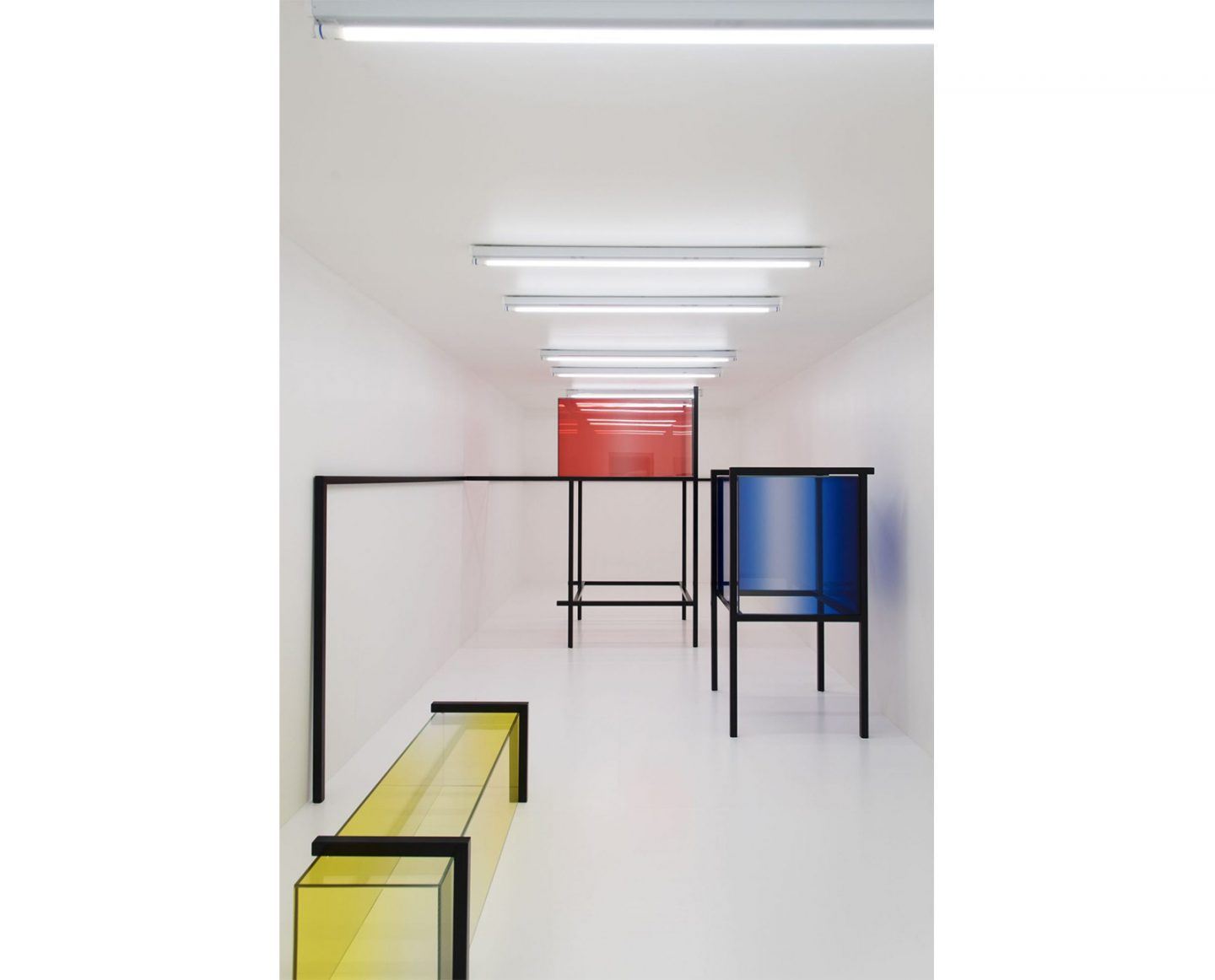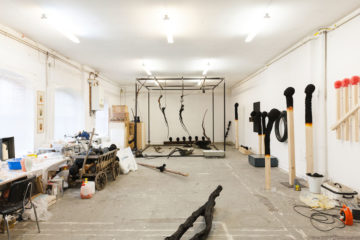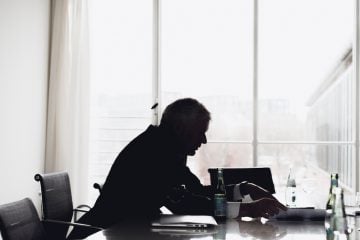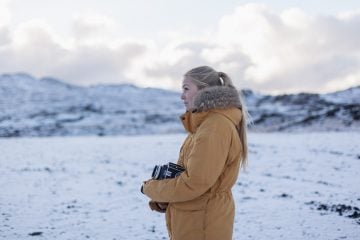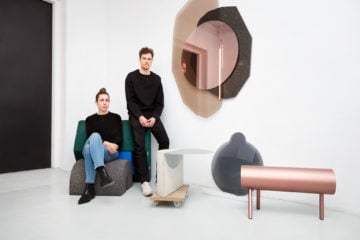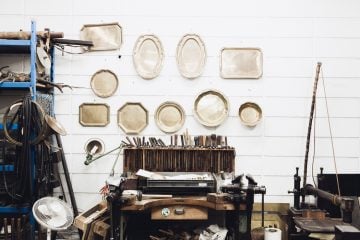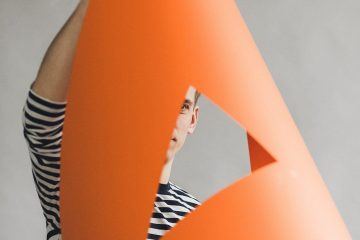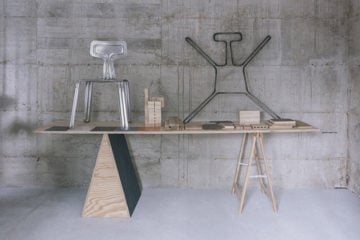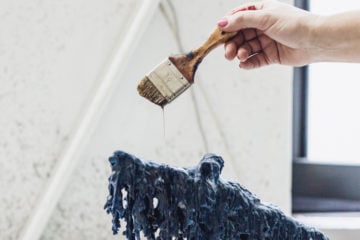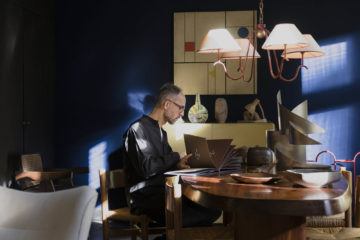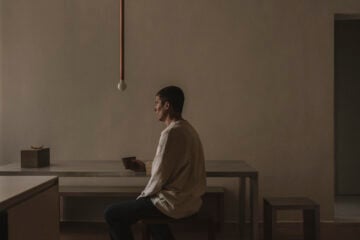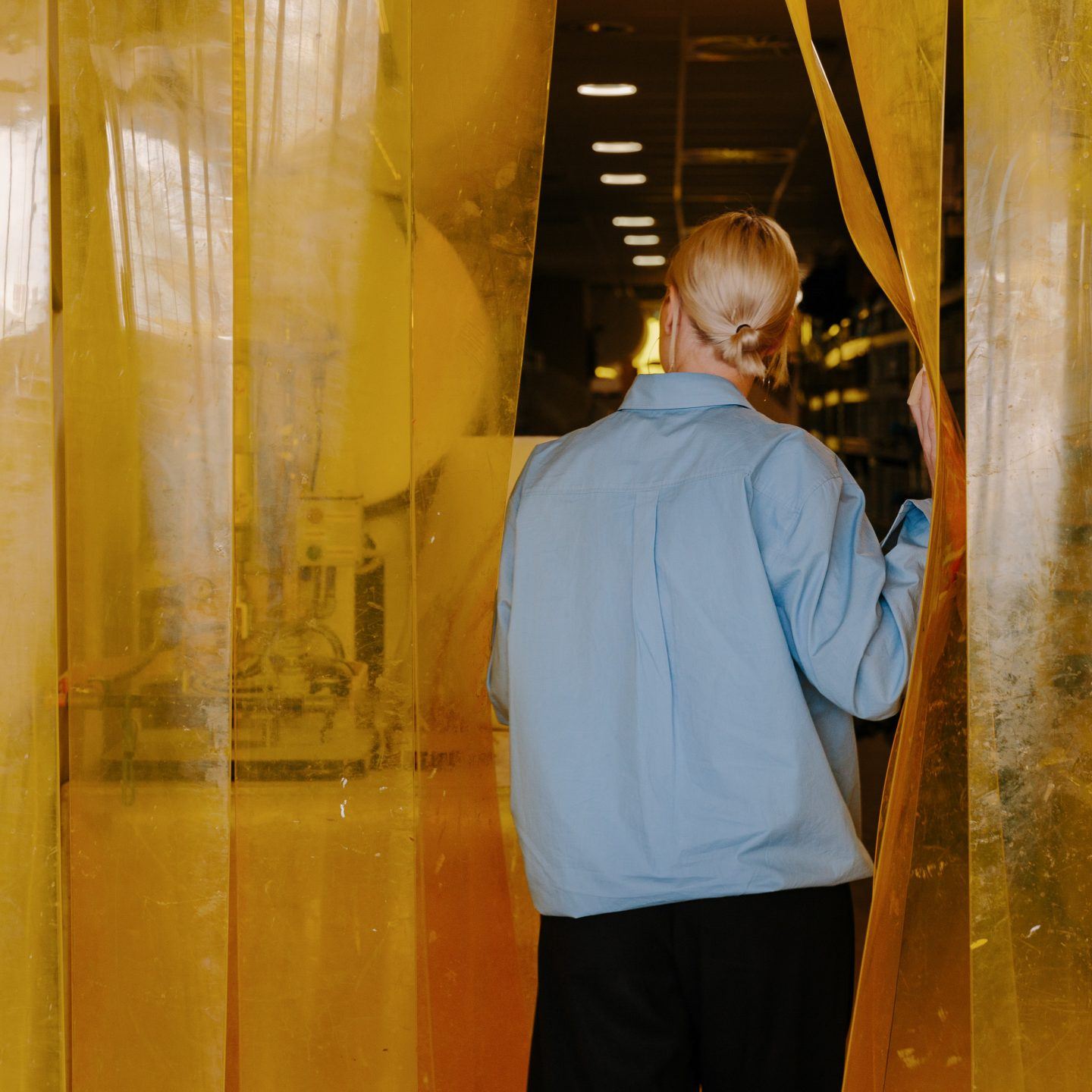
“I Don’t Have A Strategy, I Just Do What I Do” – Sabine Marcelis On Making The Impossible Happen
- Name
- Sabine Marcelis
- Images
- Marina Denisova
- Words
- Rosie Flanagan
It has been over a year since we first got in touch with Sabine Marcelis, the Dutch-New Zealand designer whose work with light, water, glass, and resin has been making waves around the world. On a sunny morning at her studio in Rotterdam, she tells us about her life; a ceaseless roll call of design fairs, meetings, impossible projects, and travel. Suddenly, our belated meeting seems a feat in itself: to describe Sabine as “busy” would be a monumental understatement.
Her sprawling studio is bright and light-filled; poring over work and propped up at desks are members of her team: designers from around the world who Sabine describes as her family. “I have a super team here who have the same mentality as me,” she tells us. “It’s really high energy, everyone is young and curious, open minded and hard working”. The spirit of the studio is something that Sabine has worked hard to cultivate; so much so that she jokes of it being a prerequisite for employment there. “The whole dynamic in the studio is number one”, she tells us. “We had a freelancer once that had such a bad attitude, you could feel this dark cloud in the studio, and it just, you know, rippled through everyone and really changed the way we worked”.
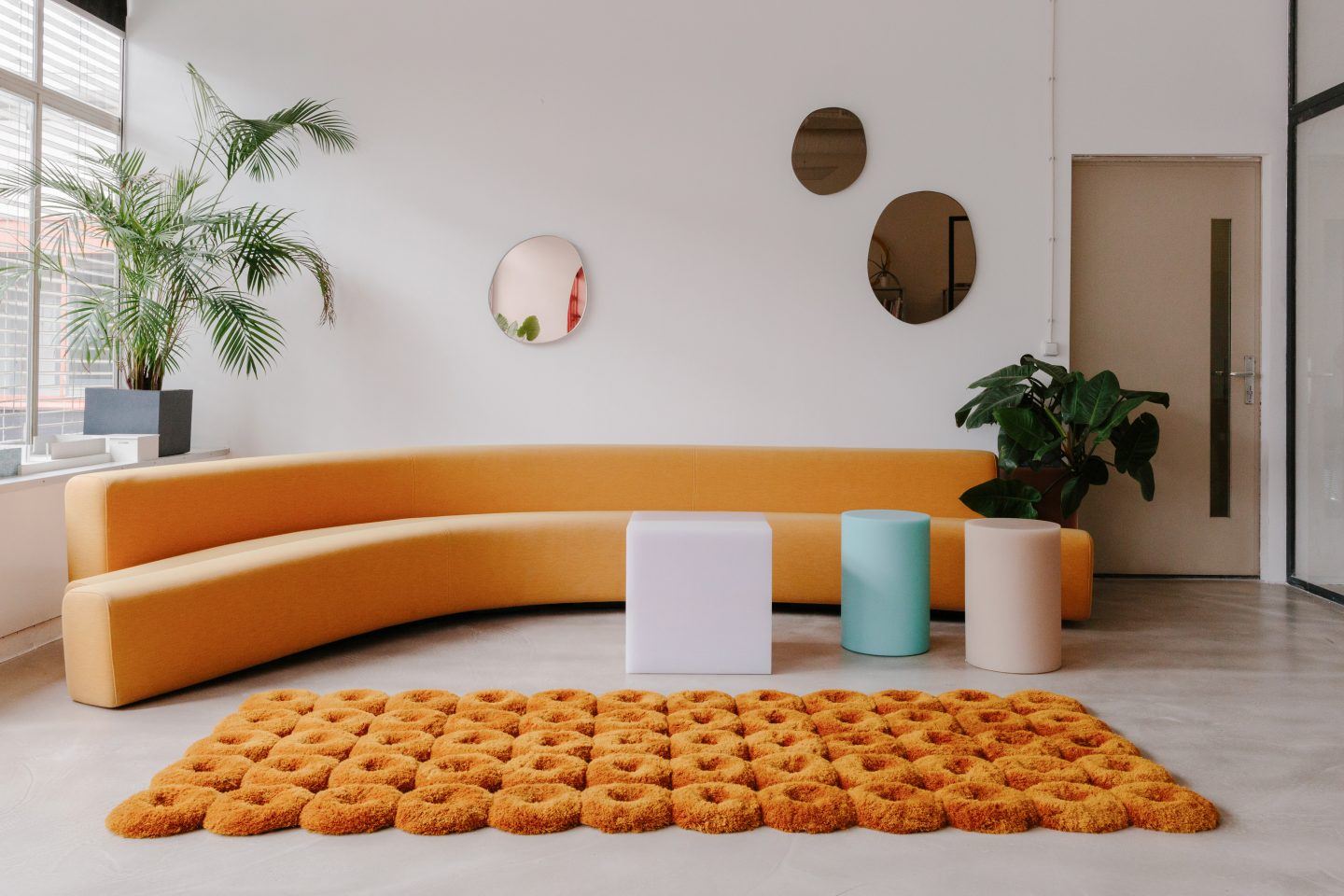
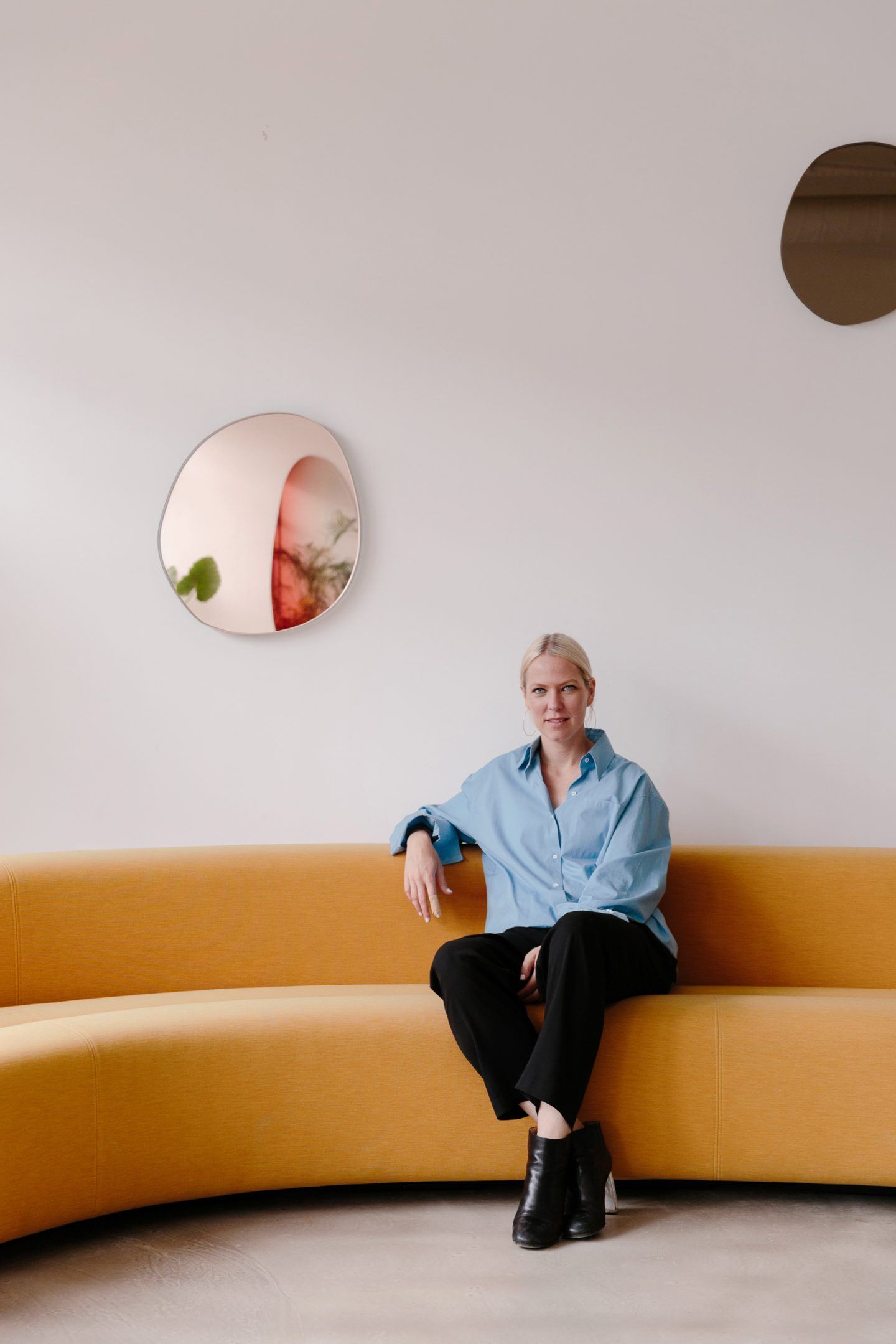
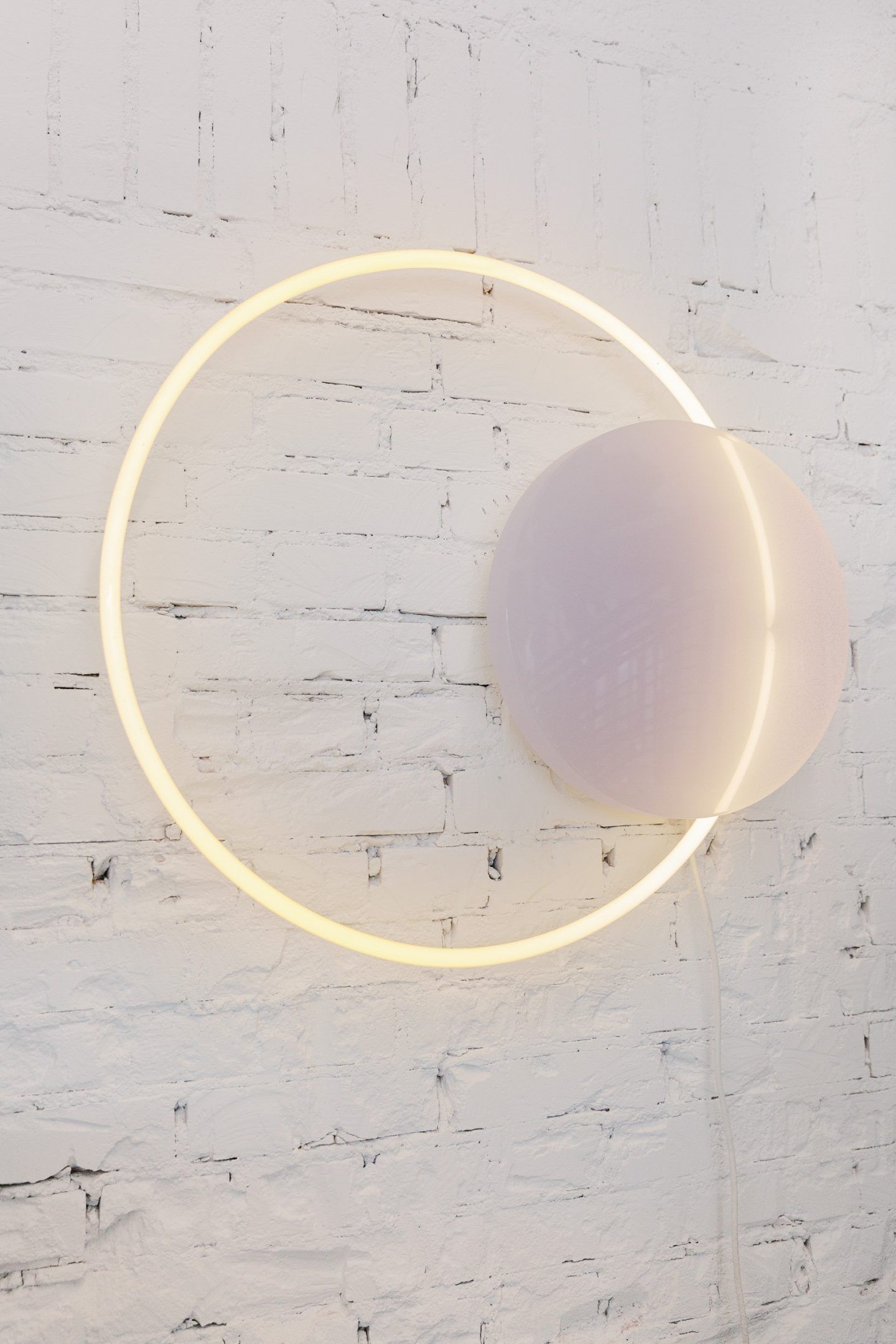
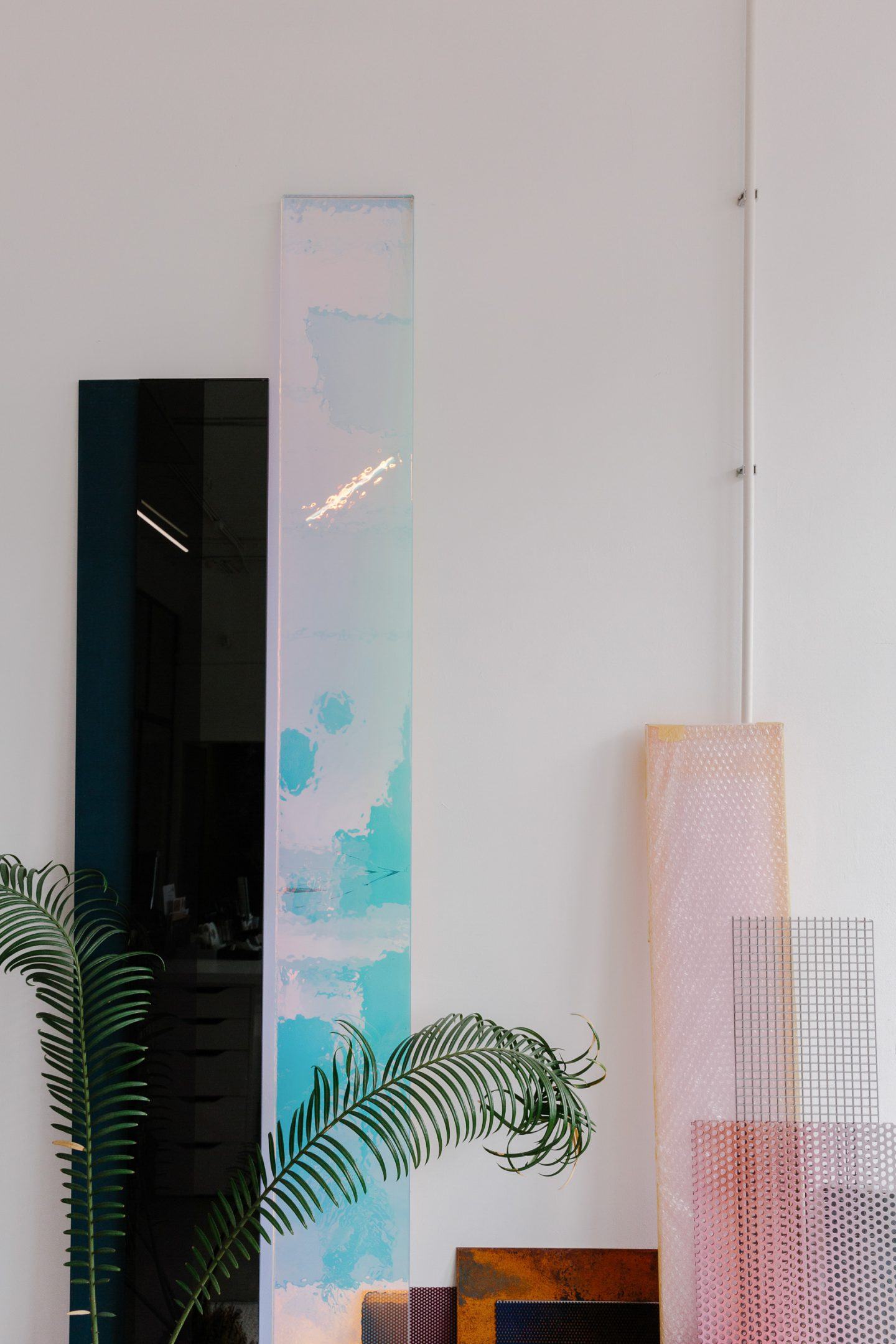
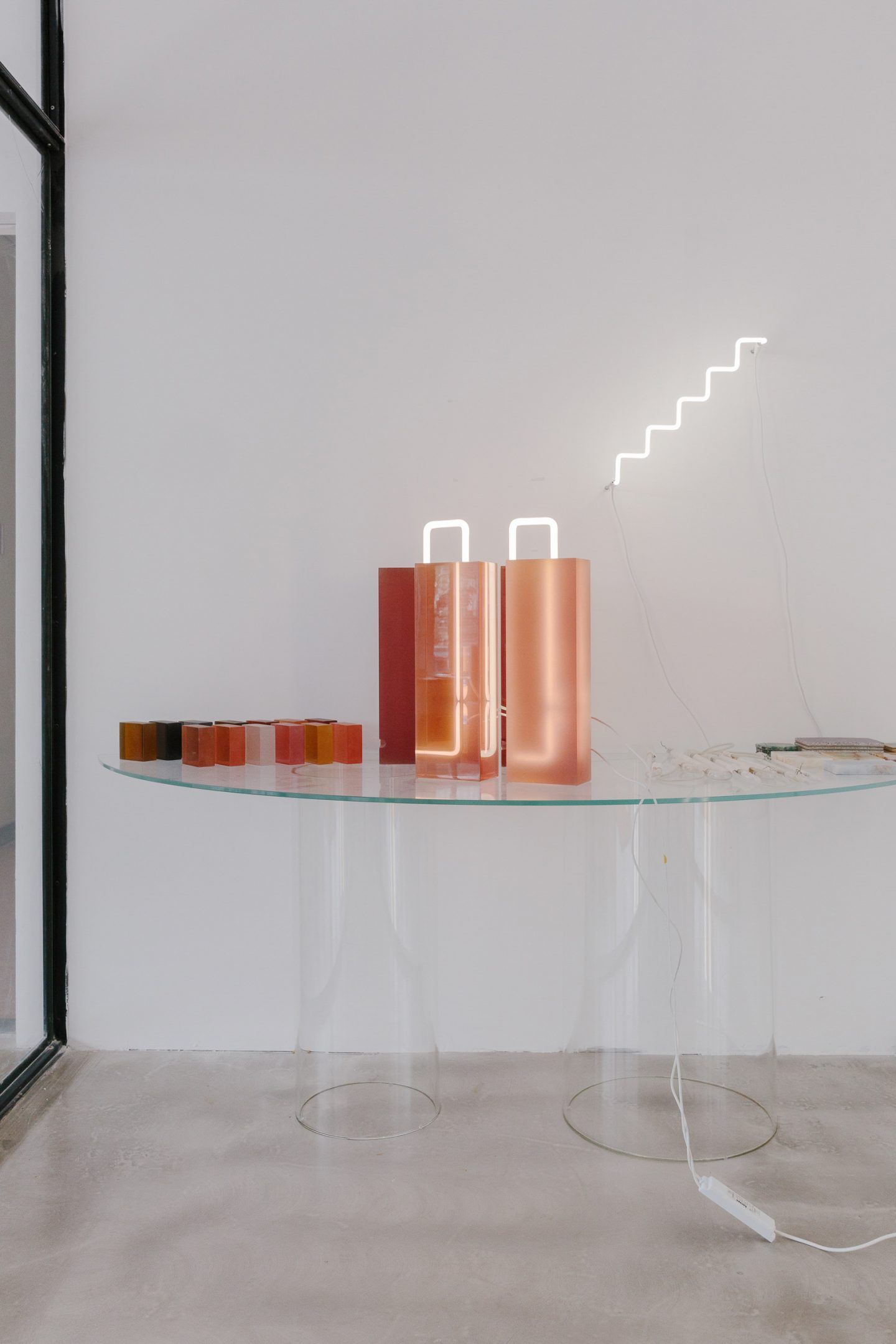
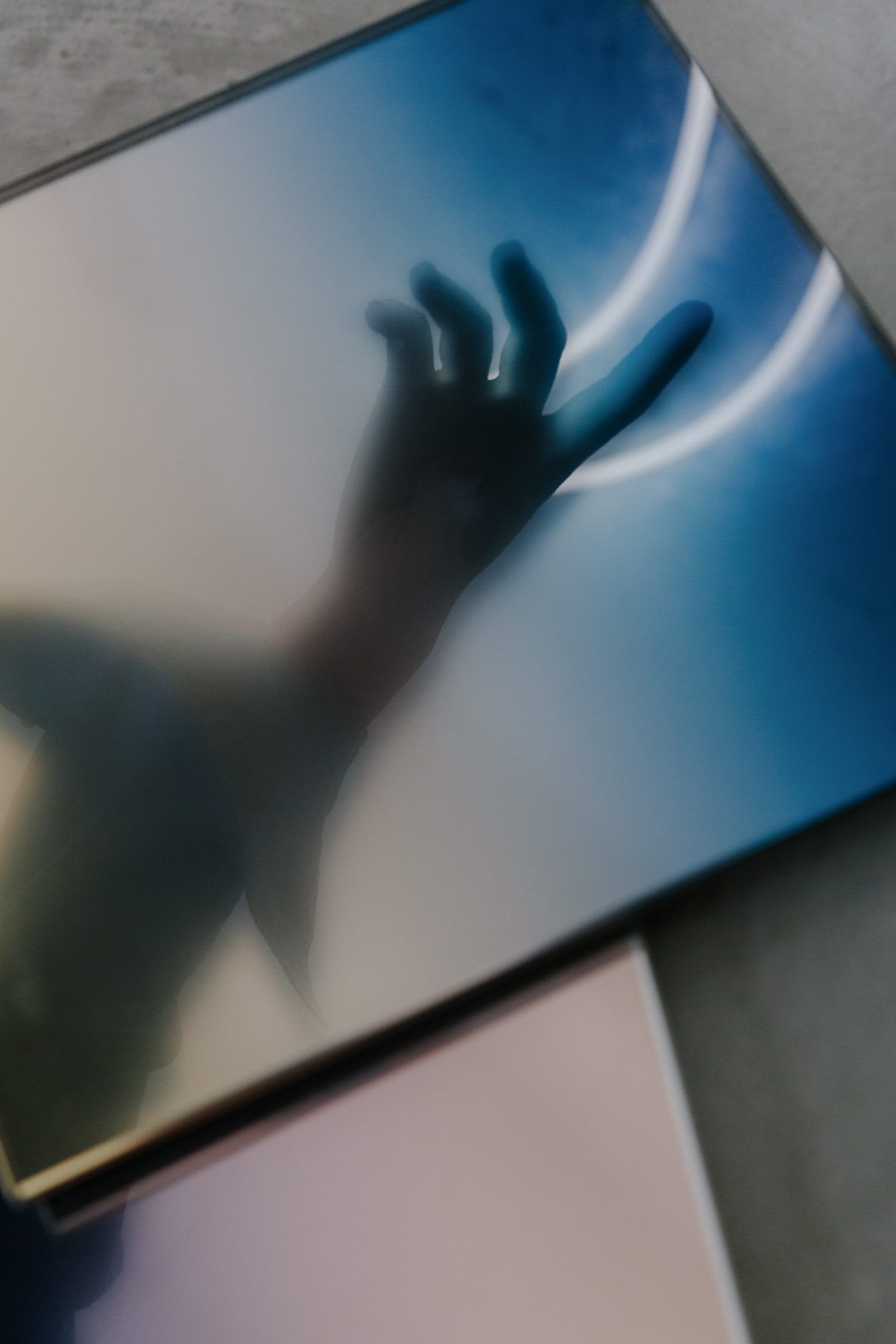
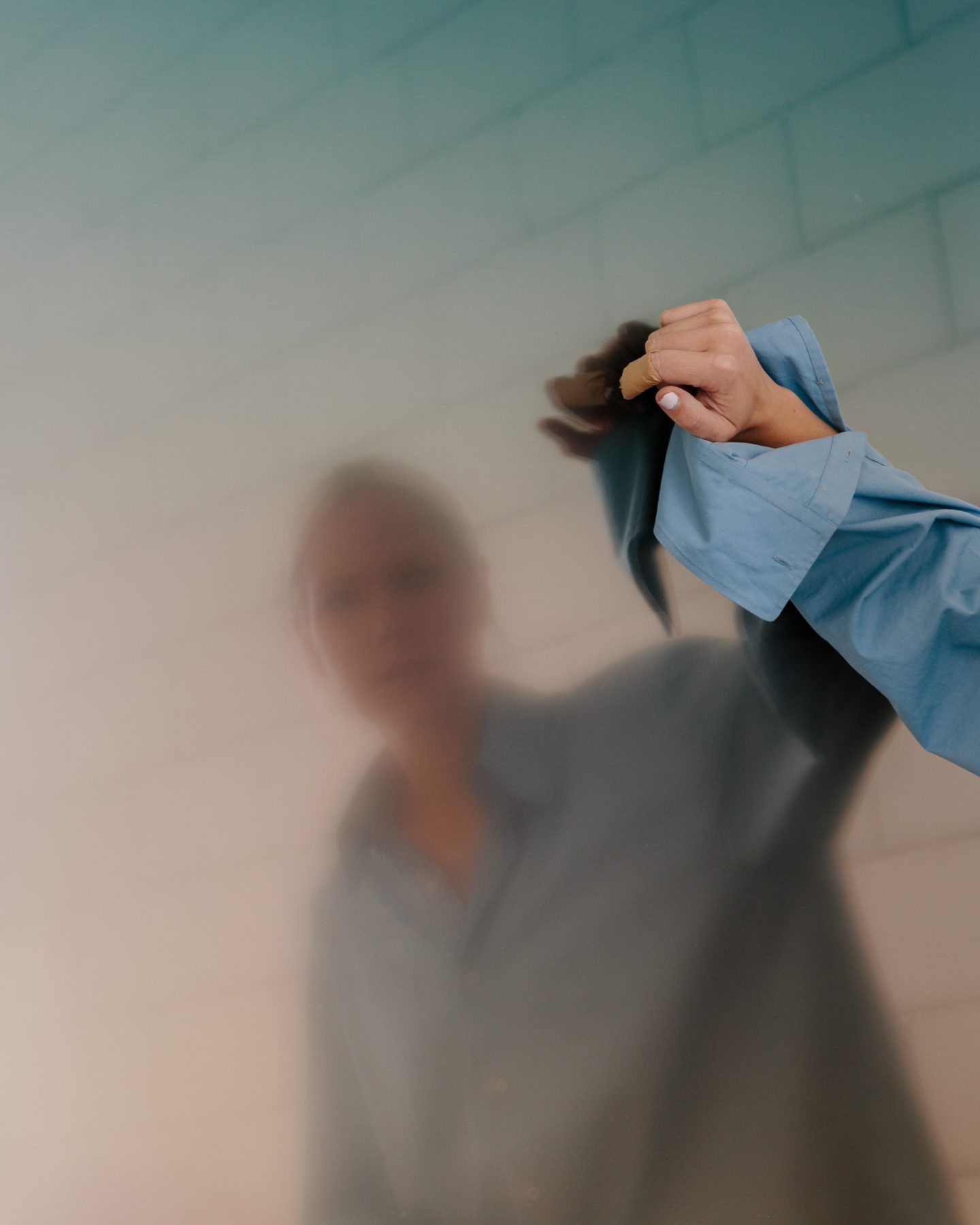
In the studio today there are multiple projects underway, three of which are wrapping up at the end of the week; in spite of this, the mood is bright and the skyline free of foreboding freelancers. This is precisely the type of working environment that Sabine thrives in; high stakes and higher pressure. “I think it’s a bit of an adrenaline thing, to try and make the impossible work”, she explains. “Now I am a little bit more aware of my mental health, but in the past, I used to take on projects where the deadline was two weeks later—where realistically you would need a few months—but I would just think, ‘Yep, I can do this. I’m gonna do this!’ [laughs]. So I think it’s about proving people wrong… or not wrong, but proving that you can make the impossible happen.”
“I think it's a bit of an adrenaline thing, to try and make the impossible work."
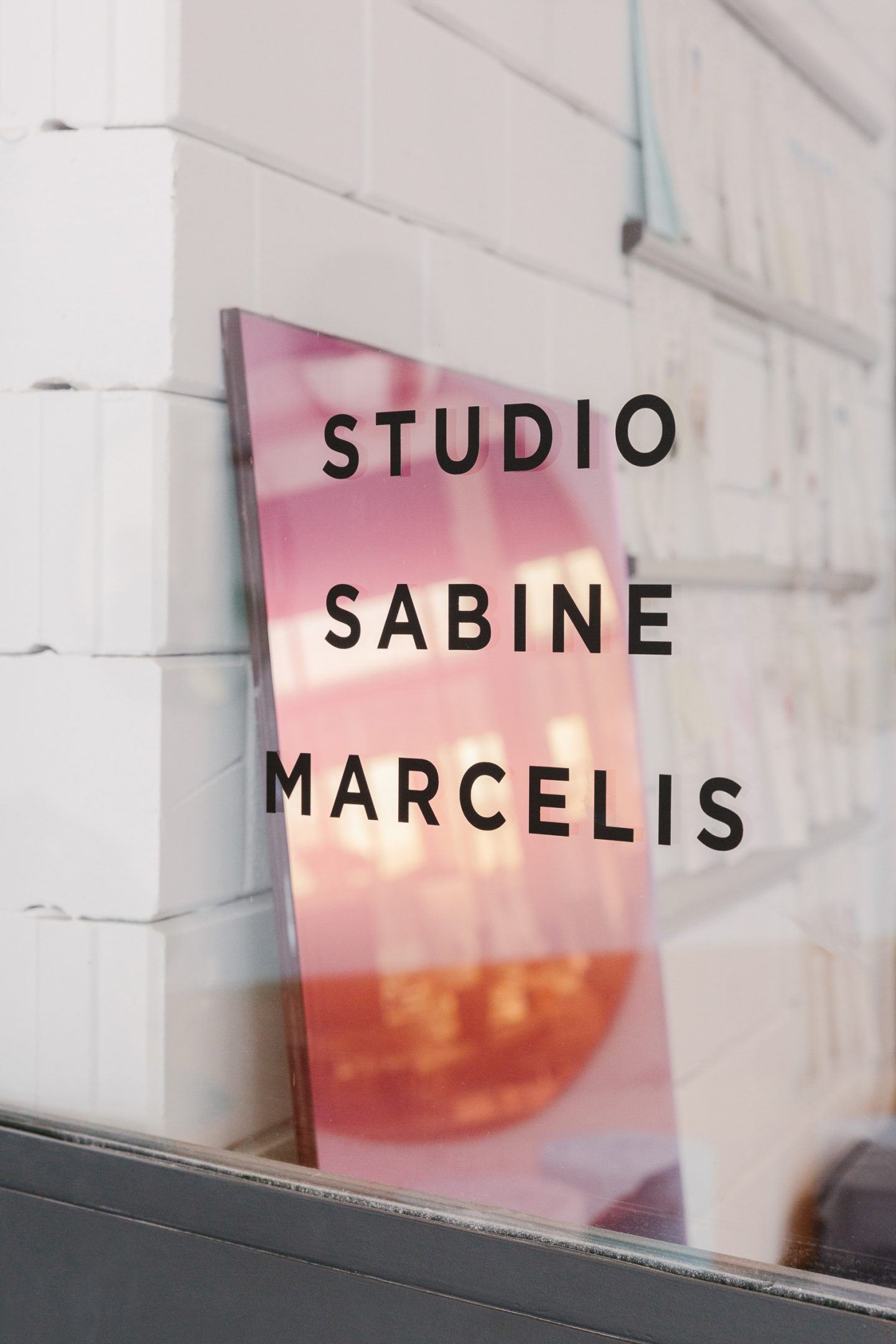
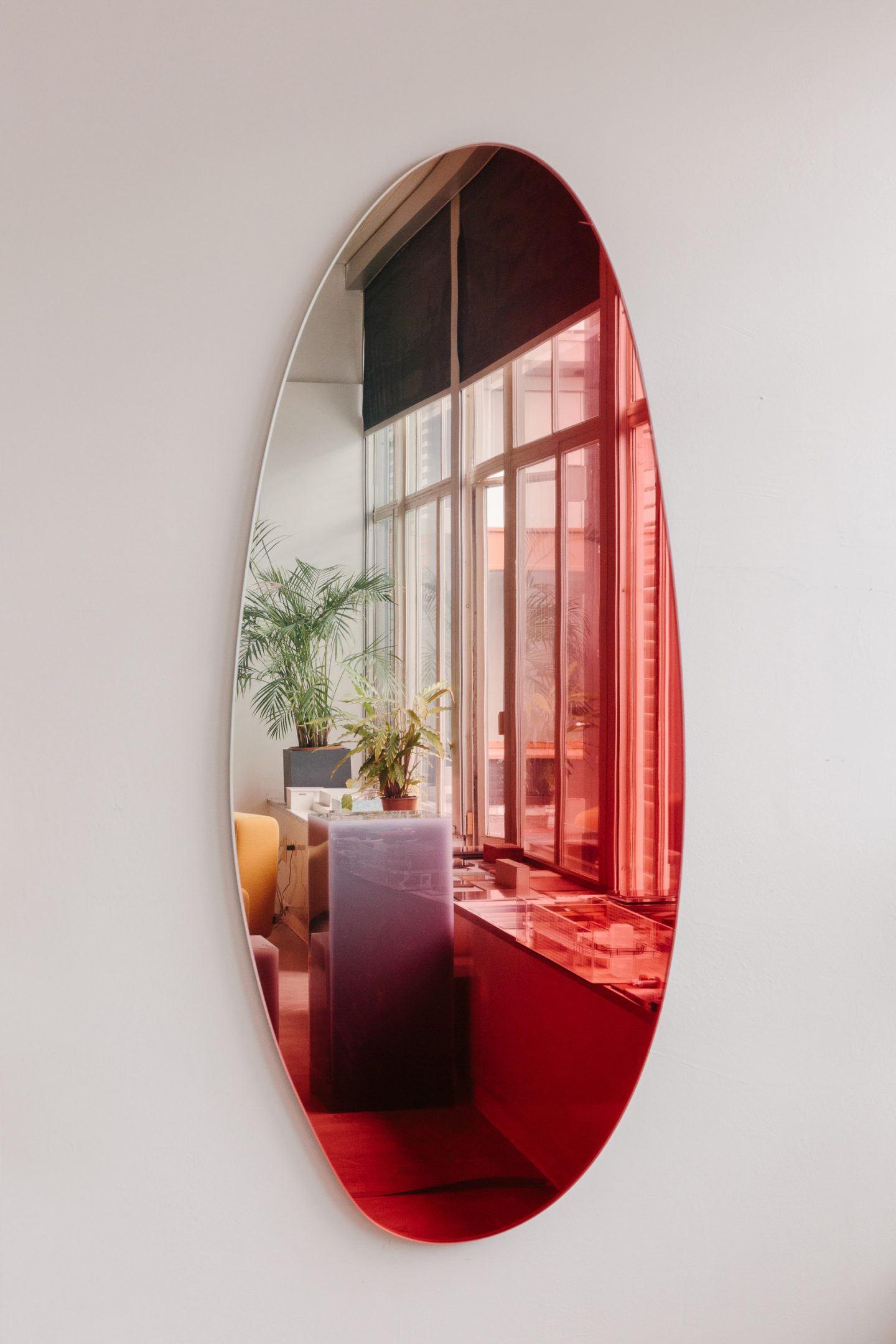
This desire stems from a previous life; as a teenager, Sabine split her time between the icy slopes of the States and New Zealand, determined to make it as a professional snowboarder. “I think I learned a lot from doing a sport for such a long time”, she tells us. “Every day you’re focusing on learning a new trick, or pushing your own limits, and I really think I still have that mentality. For me, there is no giving up—if you want to do something, you keep doing it until you succeed”. Throughout our meeting, this idea appears in many different guises; it would seem that Sabine is no stranger to a challenge—sporting or otherwise.
“For me, there is no giving up—if you want to do something, you keep doing it until you succeed.”
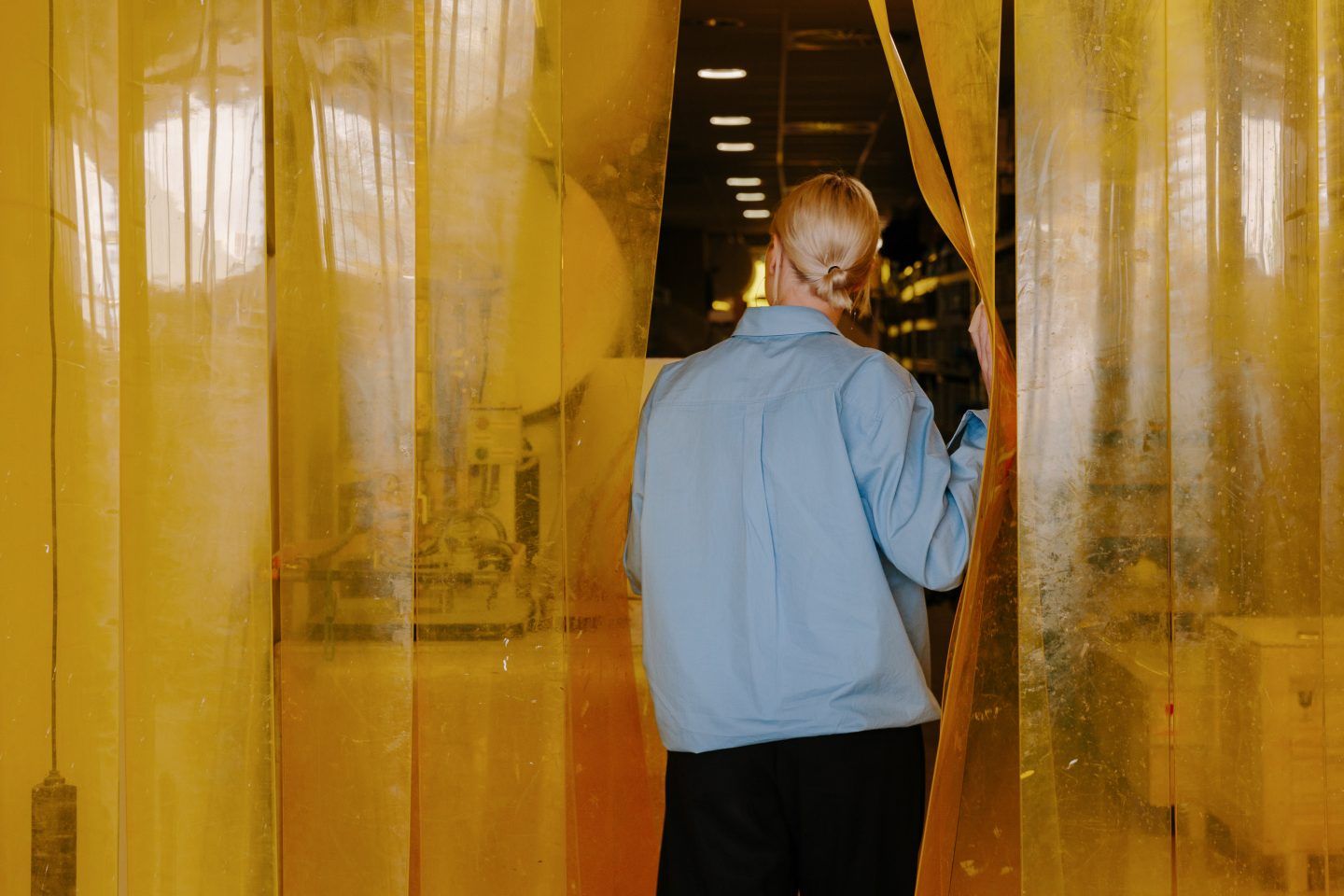
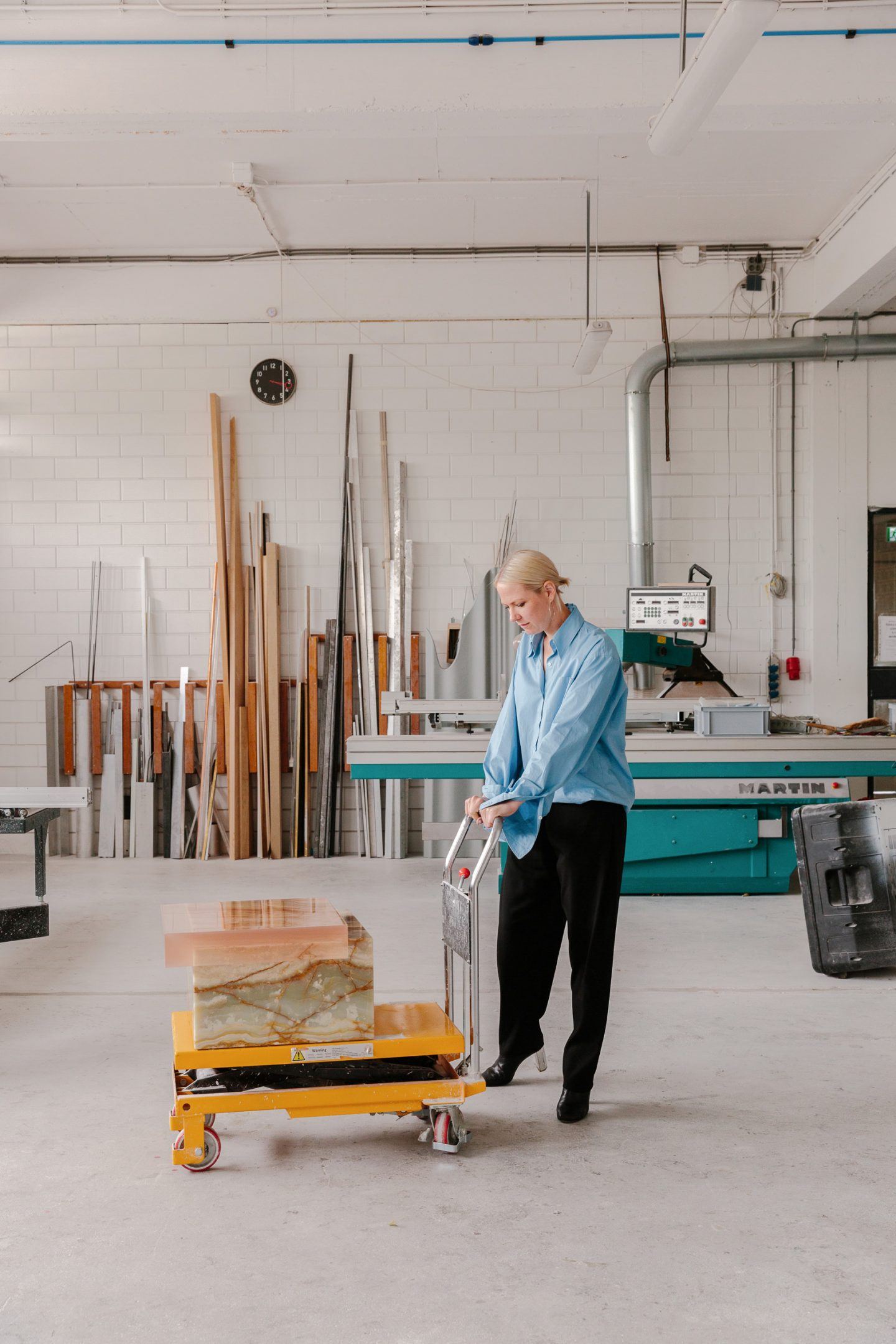
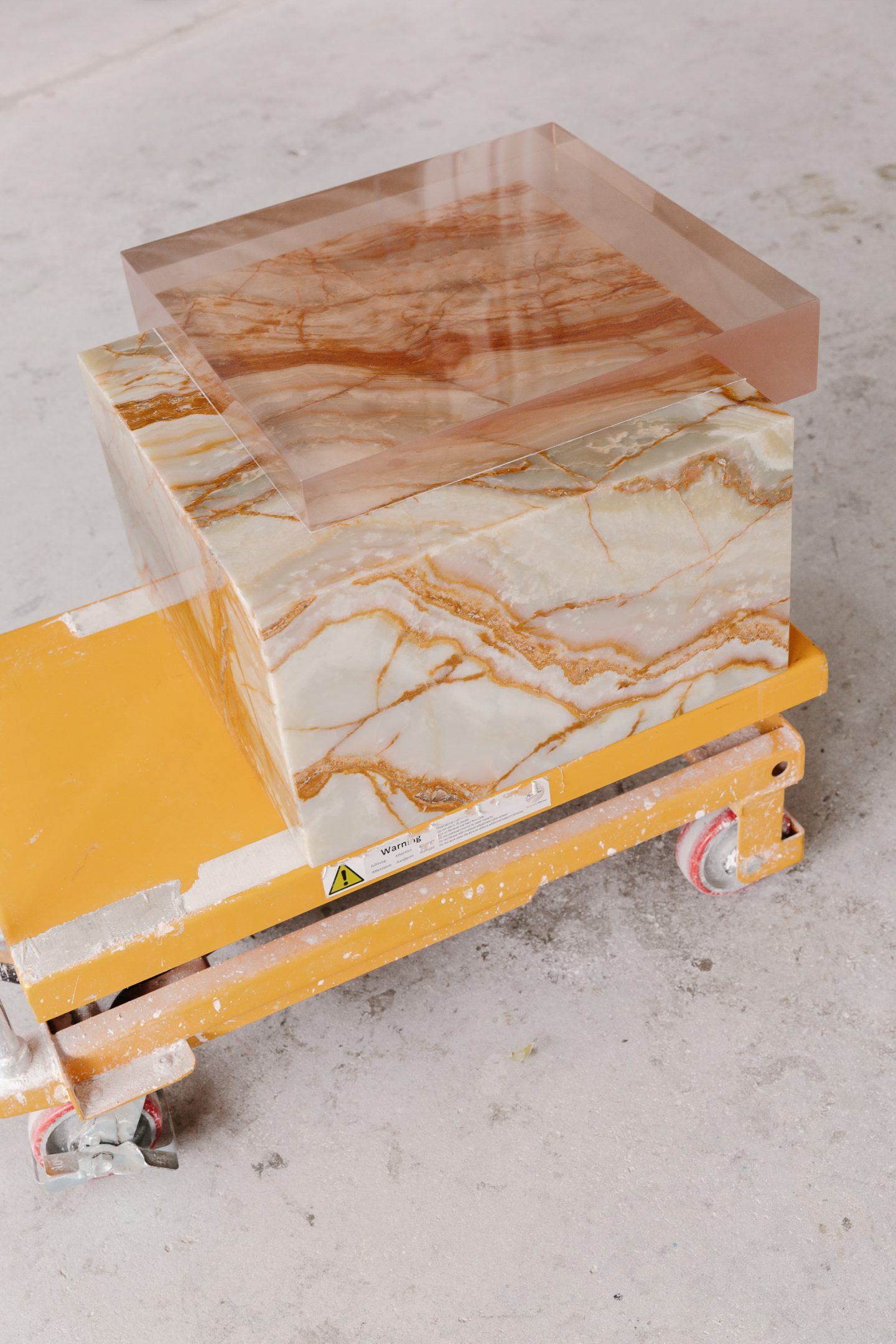
“I am always underqualified”, she tells us with a laugh, “I propose projects that I actually have no idea how to do”. Referencing her immensely successful 2018 project ‘The Shapes of Water’ for FENDI, she continues: “For instance, with the fountains, I thought, fuck—now I have proposed this and they’ve agreed, I need to figure out a way to do it”. FENDI had asked Sabine to create a furniture collection for Design Miami, in response, she proposed a series of resin fountains. While those at FENDI were undoubtedly receptive to her suggestion, they probably weren’t aware that Sabine was unsure of how she would realize the project. But pitching an impossible project is different to successfully accomplishing an impossible task, or to meeting an impossible deadline—these parts, Sabine explains, are possible only because of the community she has established in the Netherlands.
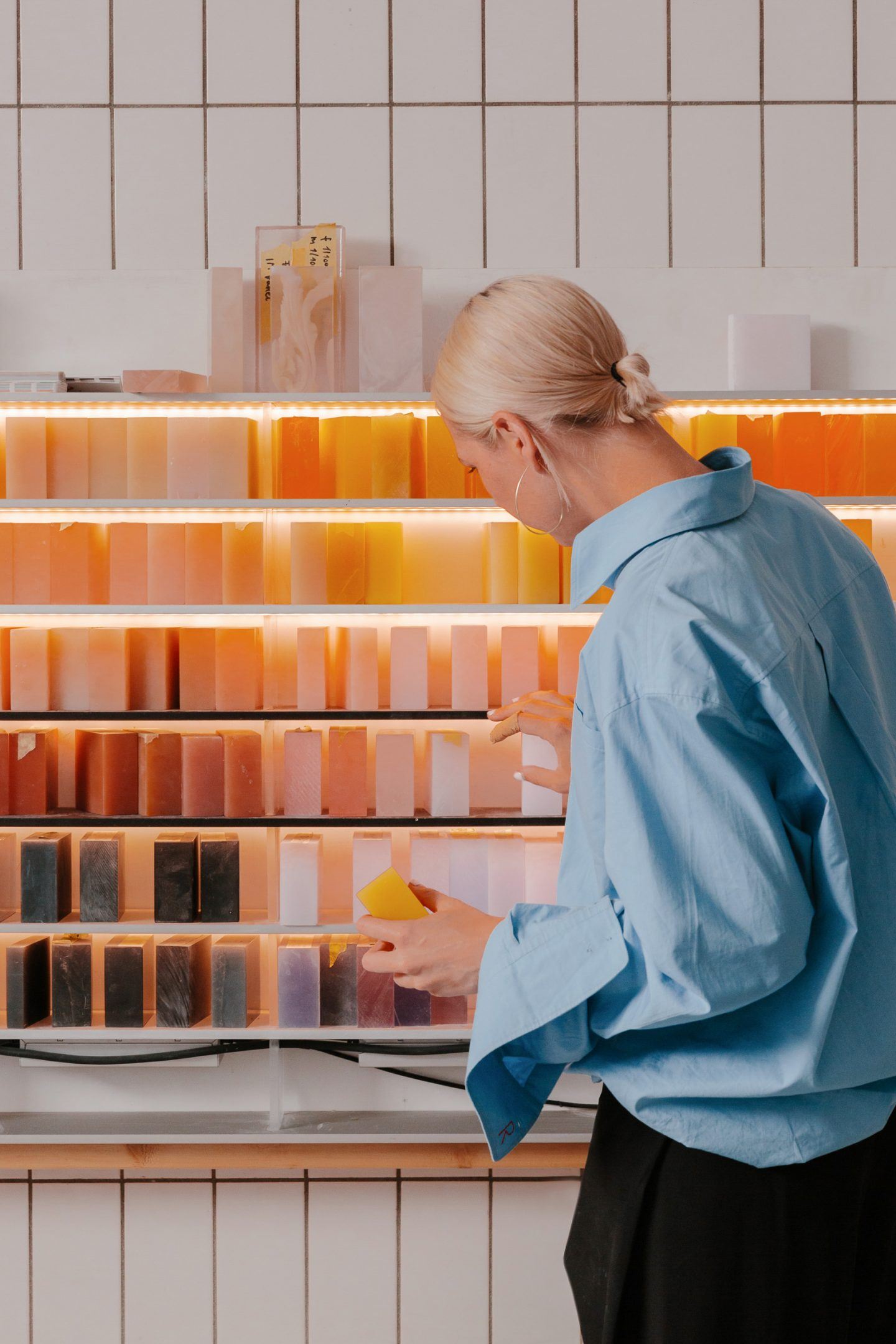
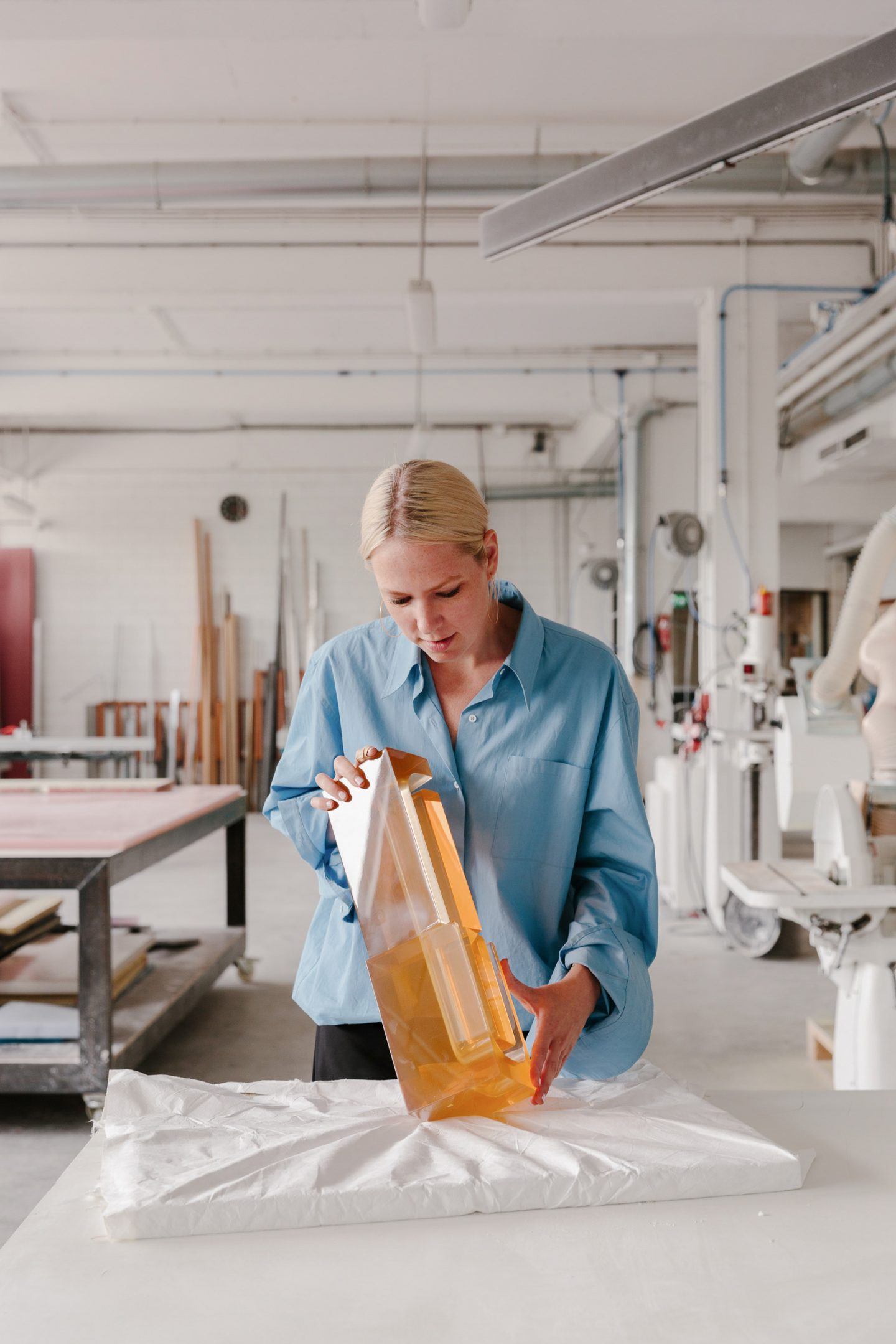
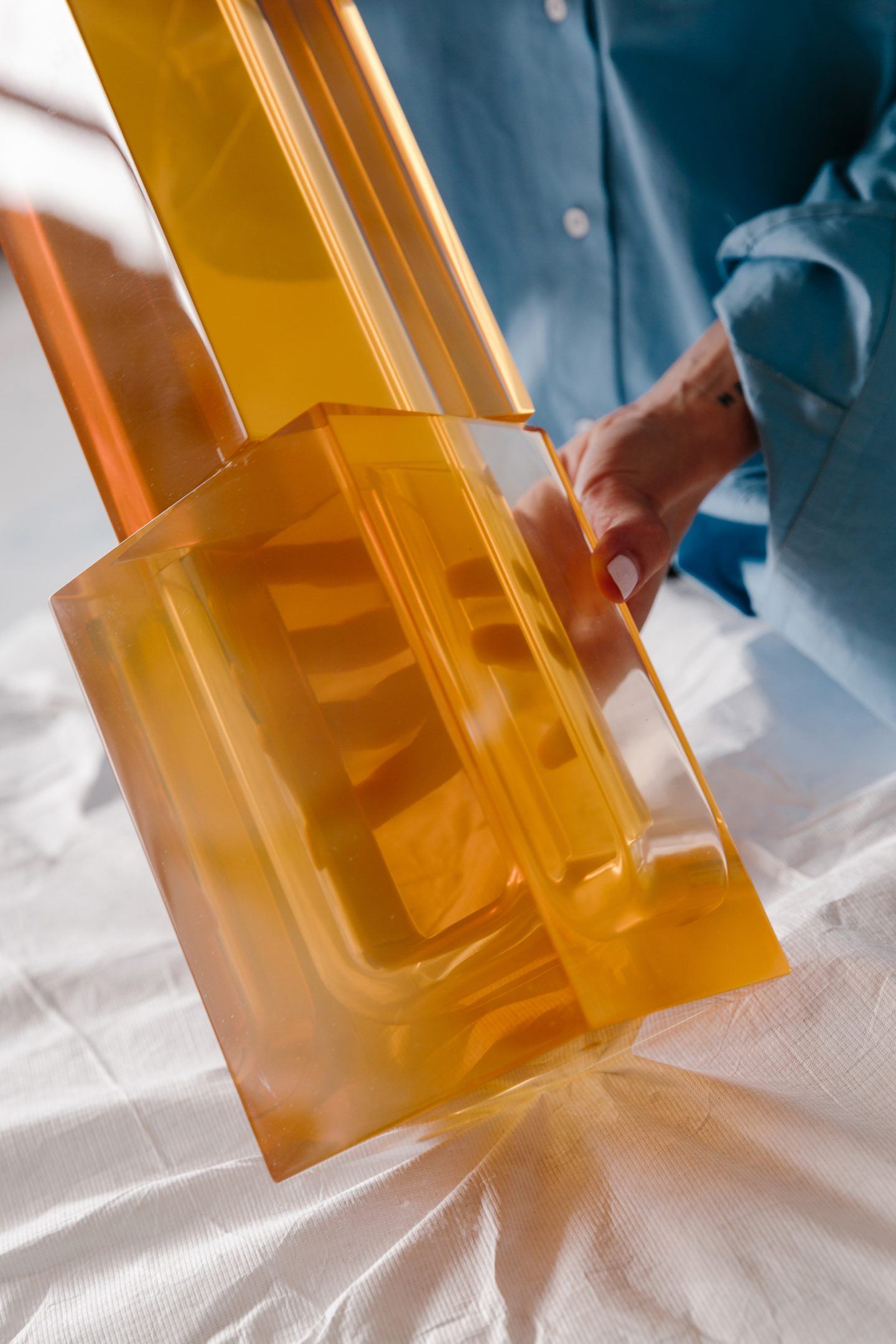
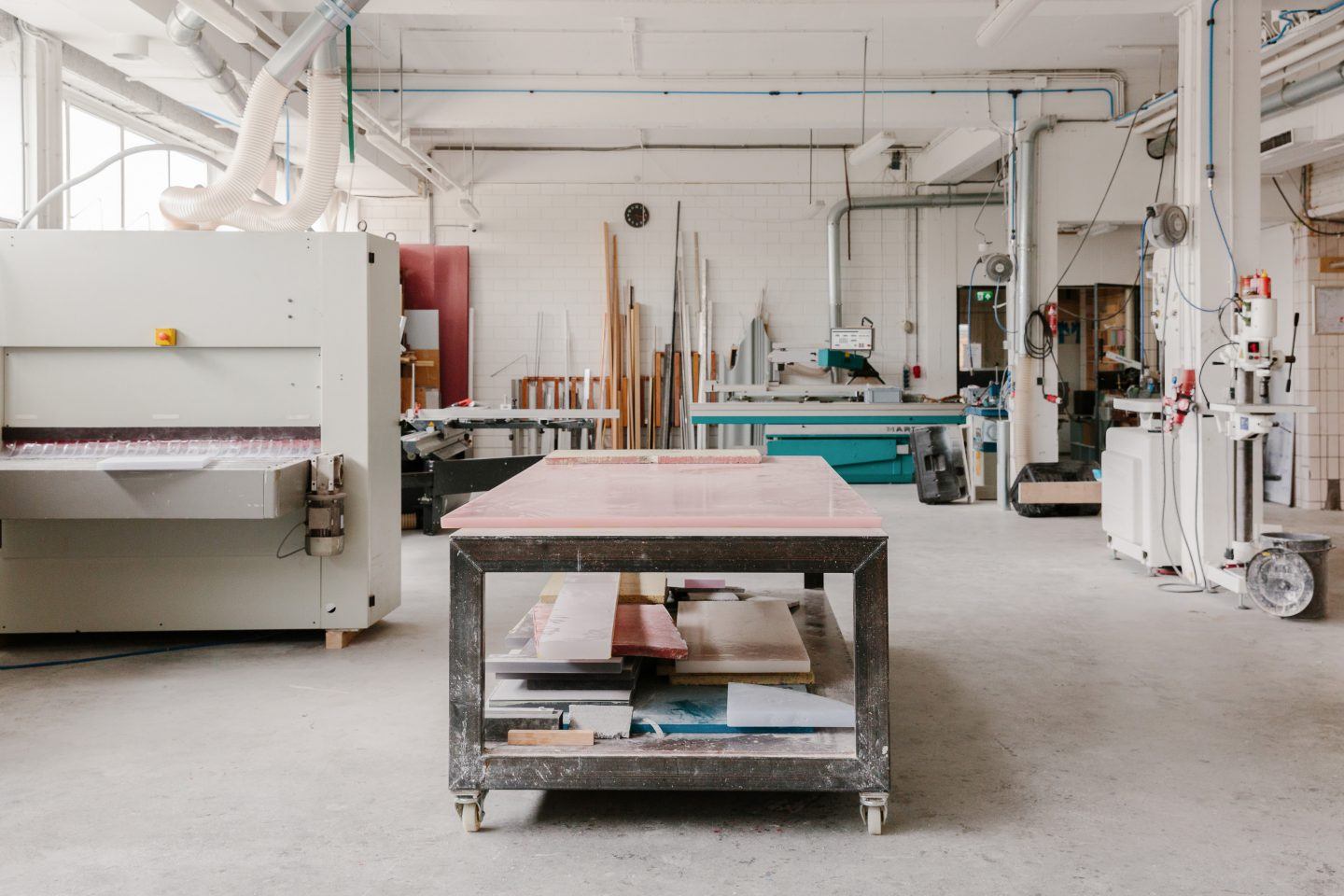
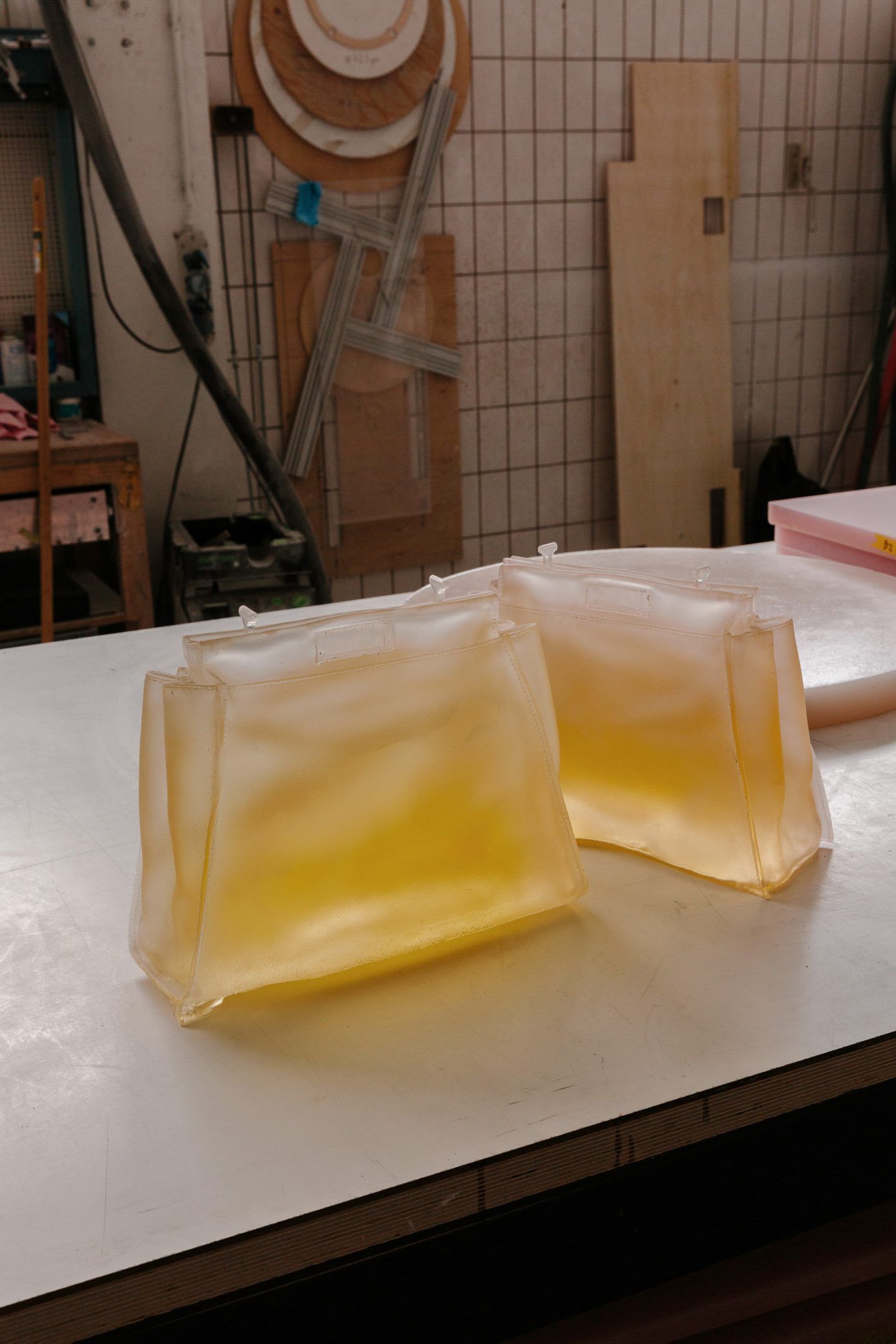
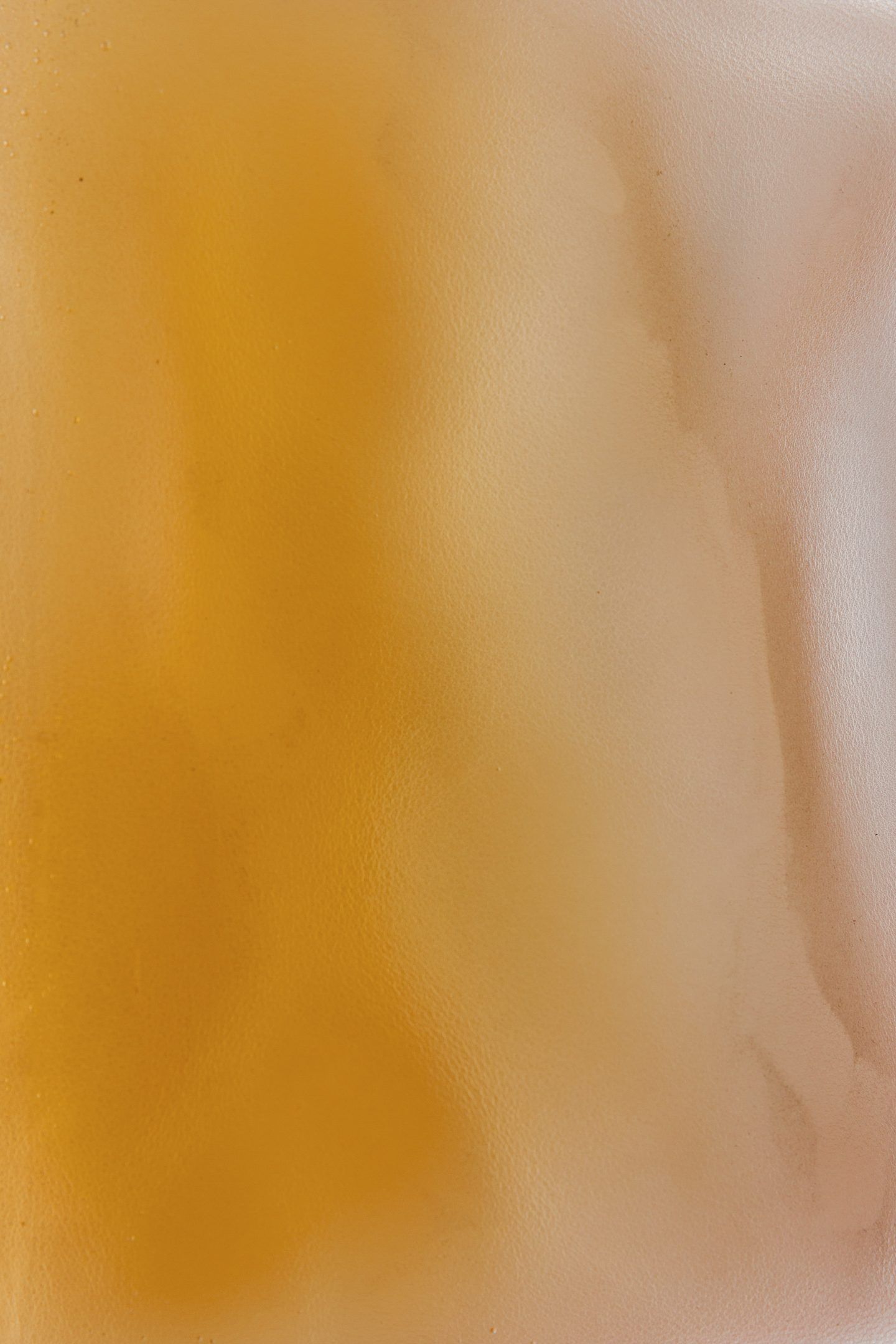
“In Rotterdam, there is this mentality, well, it’s actually a Dutch saying, that means ‘don’t whine, just clean’”, she tells us. “So, if something isn’t here people will find a way to do it, and I really like that—the people here aren’t spoilt, the city is very working class”. Built around one of the largest harbors in Europe, Rotterdam is an important industrial location; the runoff of which is a design milieu composed of people who prize proximity to factories and manufacturers above the scenes in other cities. For Sabine, whose complex design practice is intimately bound to production processes and materiality, access to such people is vital. Being based in Rotterdam allows her to work closely with those who help bring her ideas to life—so closely, in fact, that she has a shared studio space with one of the companies she frequently works with. “I’m very fortunate to have a few companies that I always work with”, she tells us, “we’re like a family, and we’re equally as interested and invested in making projects work. So you share in the success of them, or you share in the shit—it’s really a team effort”.
WORKS BY SABINE MARCELIS
1. Sabine Marcelis, The Shapes of Water / FENDI Fountains (2018), image © Carl Kleiner
2. Sabine Marcelis, The Shapes of Water / FENDI Fountains (2018), image © Carl Kleiner
3. Sabine Marcelis, Dawn Lights (2015), image © Jeroen Verrecht4. Sabine Marcelis, Totem Lights (2018), image © Pim Top
5. Sabine Marcelis, Candy Cubes (2014), image © Pim Top
6. Sabine Marcelis, Dawn Lights (2015), image © Jeroen Verrecht
7. Sabine Marcelis and Brit van Nerven, Seeing Glass (2015), image © Studio Sabine Marcelis
8. Sabine Marcelis, Dutch Pavilion Cannes Film Festival (2017), image © Studio Sabine Marcelis
This attitude seems to be typical to Rotterdam: “There’s this entrepreneurial vibe here”, Sabine explains. “People are really taking the initiative to make things happen, and they’re not afraid—in a way, no one has anything to lose”. It was a combination of this optimistic energy and the affordable housing that drew Sabine to the city following her graduation from Eindhoven Design Academy. It was 2012, a time when the Antikraak (anti-squatting) program was at its most prolific in the city. “I was offered this amazing house for 150 euros a month”, she tells us. “It was so important to my career because I had no costs… I mean, obviously I also had no work [laughs], so I was just going to the studio every day thinking: ‘Alright, what am I going to do today? No one is buying my things, and I don’t have any commissions’. But this allowed me a moment in time where I didn’t have to earn money, I didn’t have to compromise my work to earn money—and I really see that now. I feel super fortunate”.
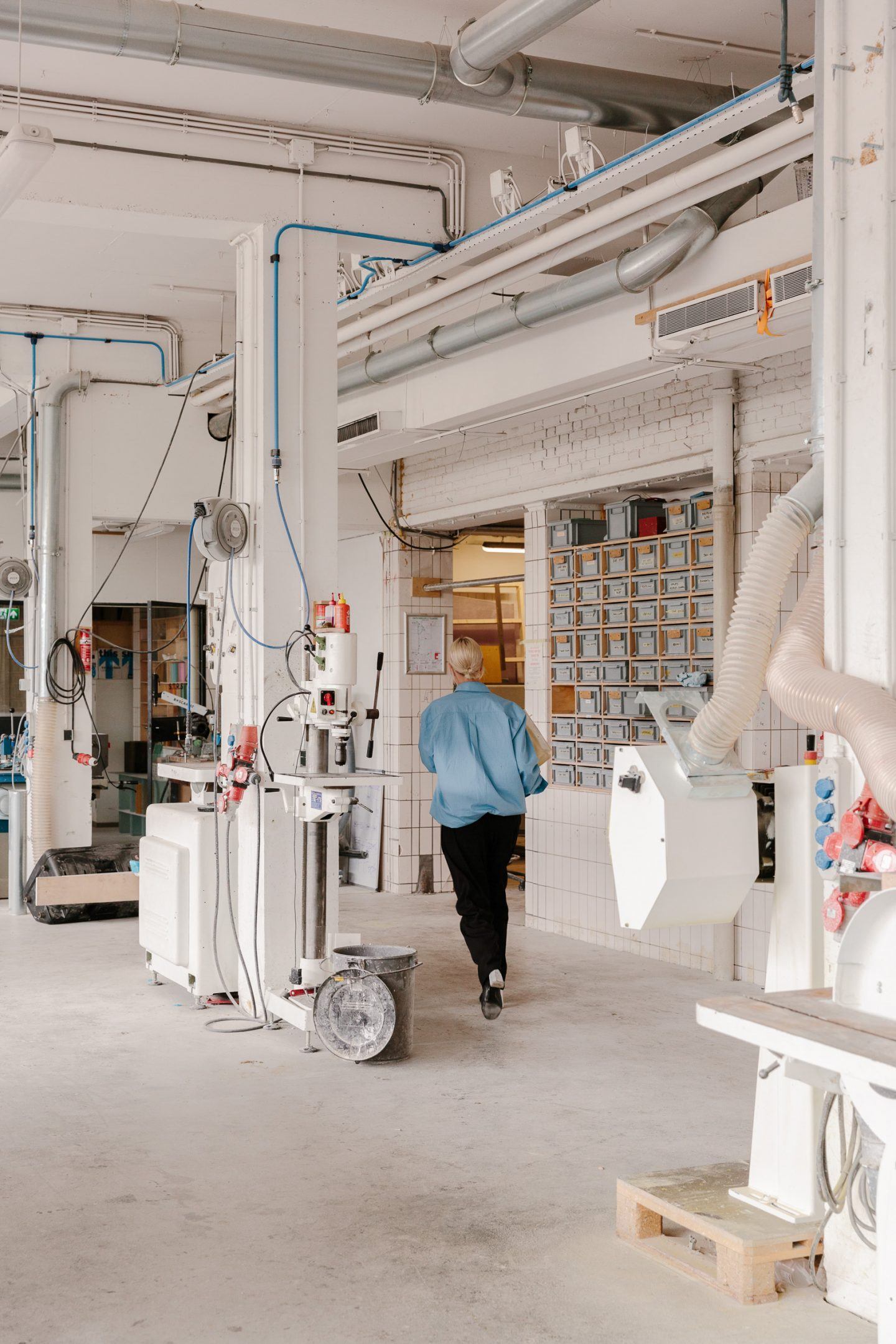
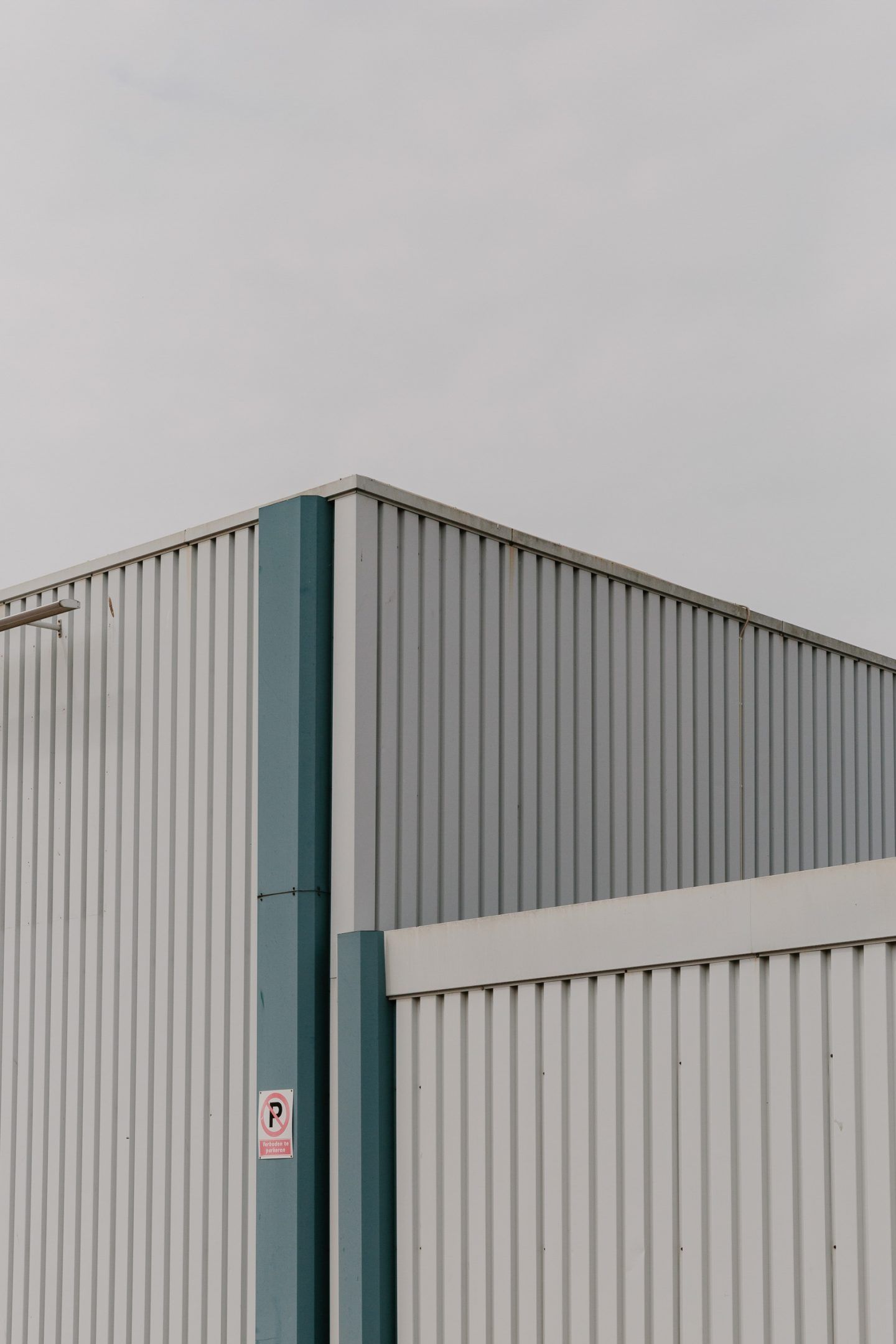
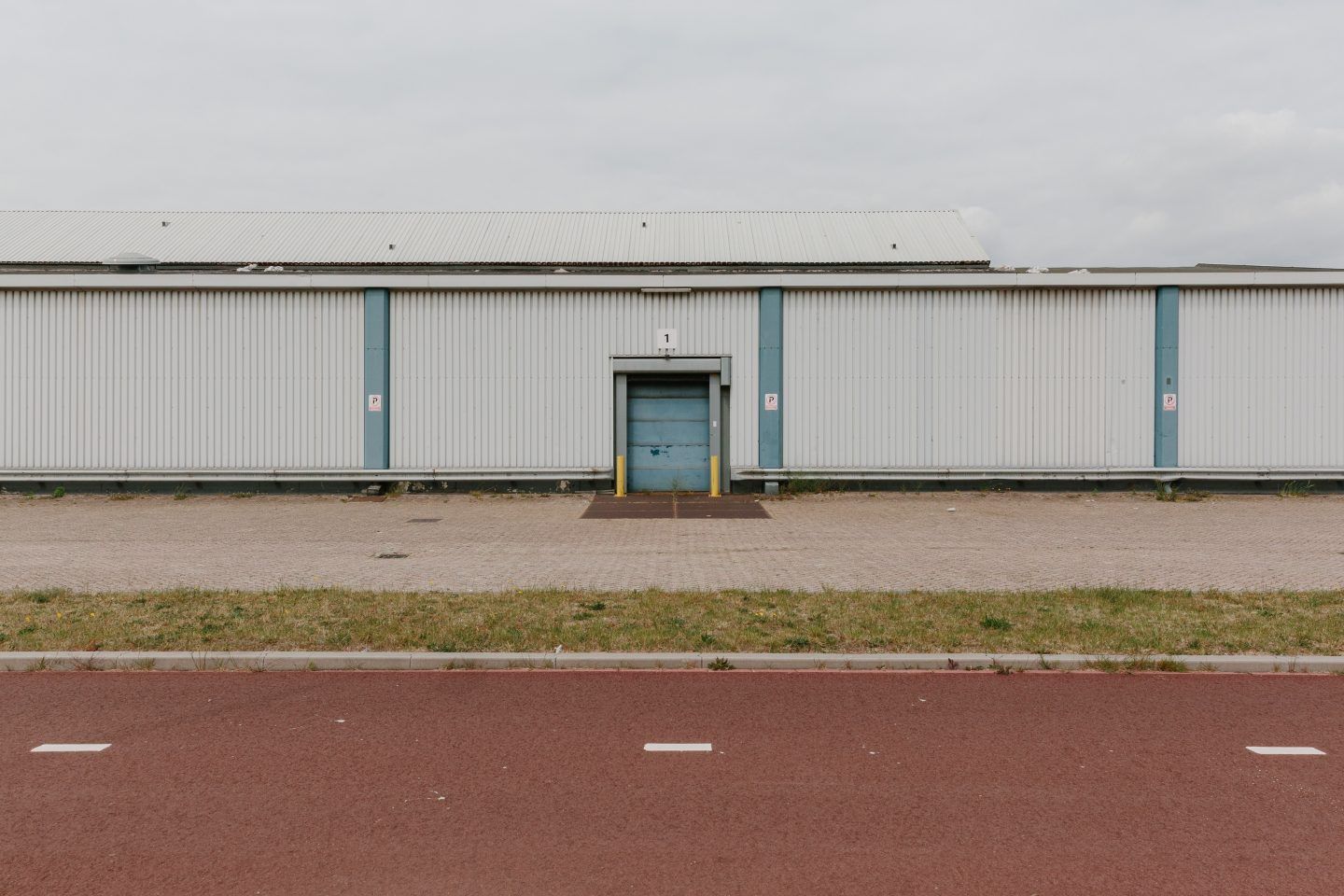
This unwillingness to compromise has continued, and while—like many creatives—Sabine balances her riskier conceptual projects with commercial collaborations, she refuses to take on work just for financial gain. “I am stubborn with these projects and I really demand artistic freedom within them”, she explains. “If it’s obvious that they just want a copy of another project or something that isn’t challenging or interesting to me, I really don’t do it.” The strength of her vision has enabled her to create a body of work that flits between genres and defies expectations, but whether working for clients or herself, the effect-driven aesthetic remains distinctly her own. “I totally operate on instinct, and what feels right and what doesn’t”, she continues. “Aside from that, I don’t have a strategy, I just do what I want to do”.
“I don’t have a strategy, I just do what I want to do.”
When asked how she would then define what she does, Sabine is quick to state her disinterest in labels: “I am trained as a designer, and I think like a designer… there needs to be a reason for things”, she pauses. “And, I don’t think that I am an artist; an artist’s role is to raise questions, or to make statements, which is not what I am doing. I think I am showing possibilities within production or materiality across different scales”. It is a career then, with boundless potential. “I don’t really think of what I do so much as work, it’s a lifestyle—if I have a day off I am still thinking of new projects; and that is a super luxurious position to be in, because I absolutely do what I love, and I wouldn’t know, or couldn’t think of, what I would be doing if it wasn’t this.”
All images © Marina Denisova for IGNANT Production
